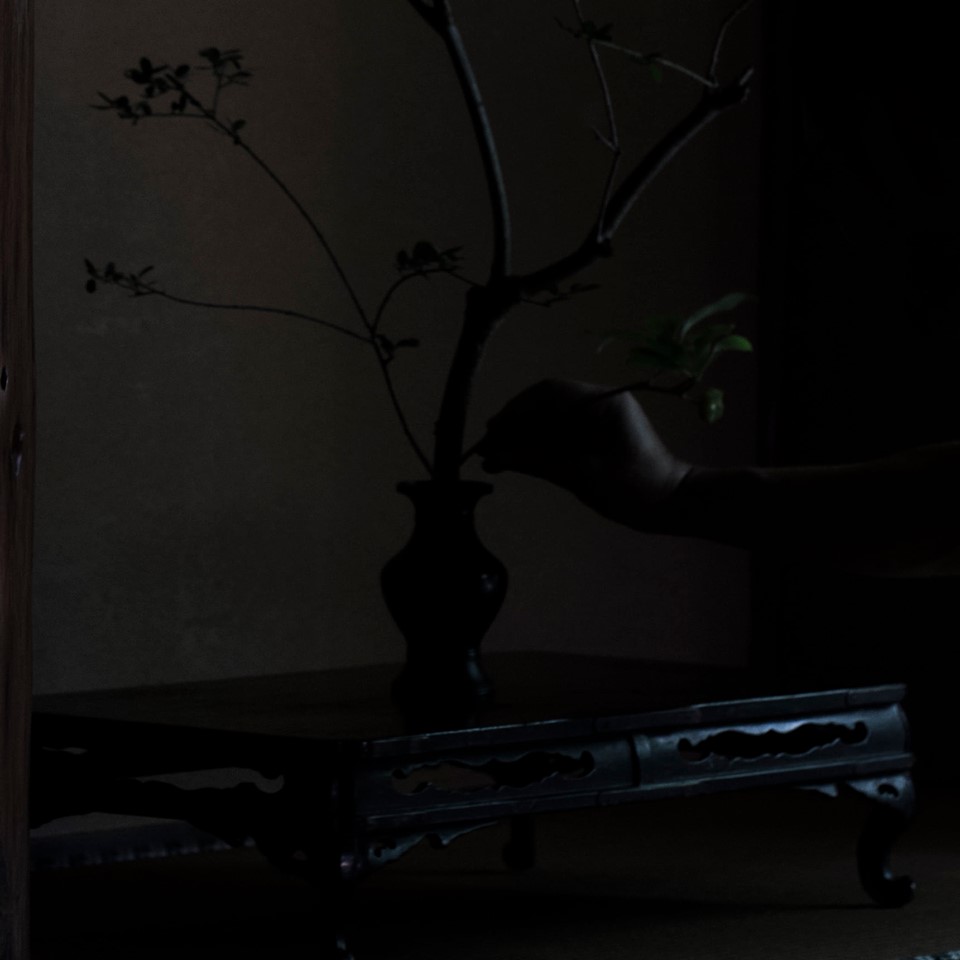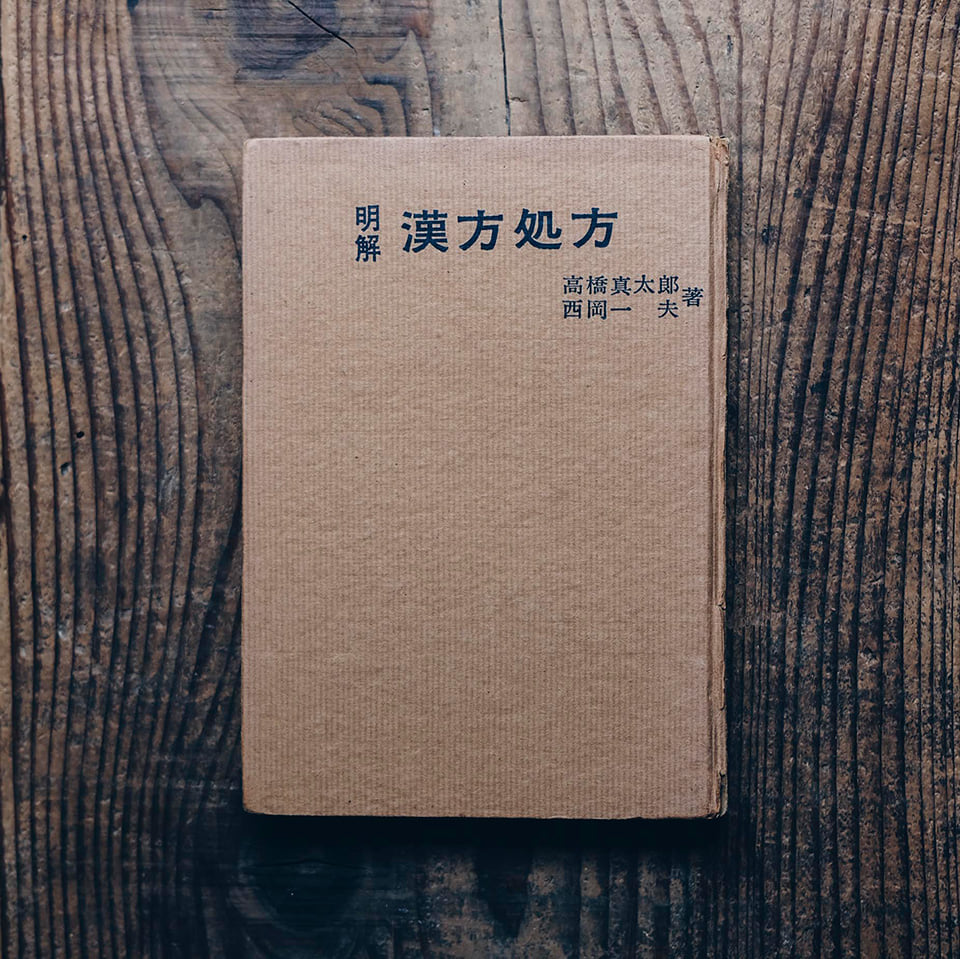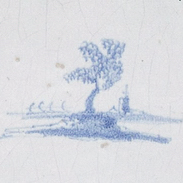
20191031
来週11月6日(水)19時から、松本武明さん(うつわノート)と山内彩子さん(Gallery SU)の対談をおこないます(神楽坂一水寮)。主題は「工芸ギャラリーの役割」。来年2月に開催する「青花の会|工芸祭」の説明会もかねています。会員以外の方も御参加いただけますので、よろしければぜひ。https://shop.kogei-seika.jp/products/detail.php?product_id=295
─
以下は山内さんから。〈ギャラリースタッフ時代が7年、自分でギャラリーを開いてもうすぐ9年。16年近くギャラリーという場に身を置き、時代の変遷を見つめてきました。私が社会に出た時には既に日本経済は低迷状態でしたので、16年前もいまもギャラリーと作家を取り巻く状況が苦しいことに変わりはありませんが、抱えている問題の質は変化してきています。『「生活工芸」の時代』で「桃居」店主の広瀬さんがお書きになっているように、「作り手も売り手もきびしいことは事実です。それでもあえてこの仕事をえらび、きびしさ、つらさを「よろこび」に転化できる人々がつづければいい。よい時代になると思います」という流れになっていくことを願いつつ、そのためにできることを……と、「青花の会|工芸祭」の監修を務めさせて頂くことにしました。企画メンバーである『工芸青花』編集長の菅野康晴さん、「ギャラリーうつわノート」店主の松本武明さんと議論を深め、「青花の会|工芸祭」を意義あるものとしていきたいと思っています〉
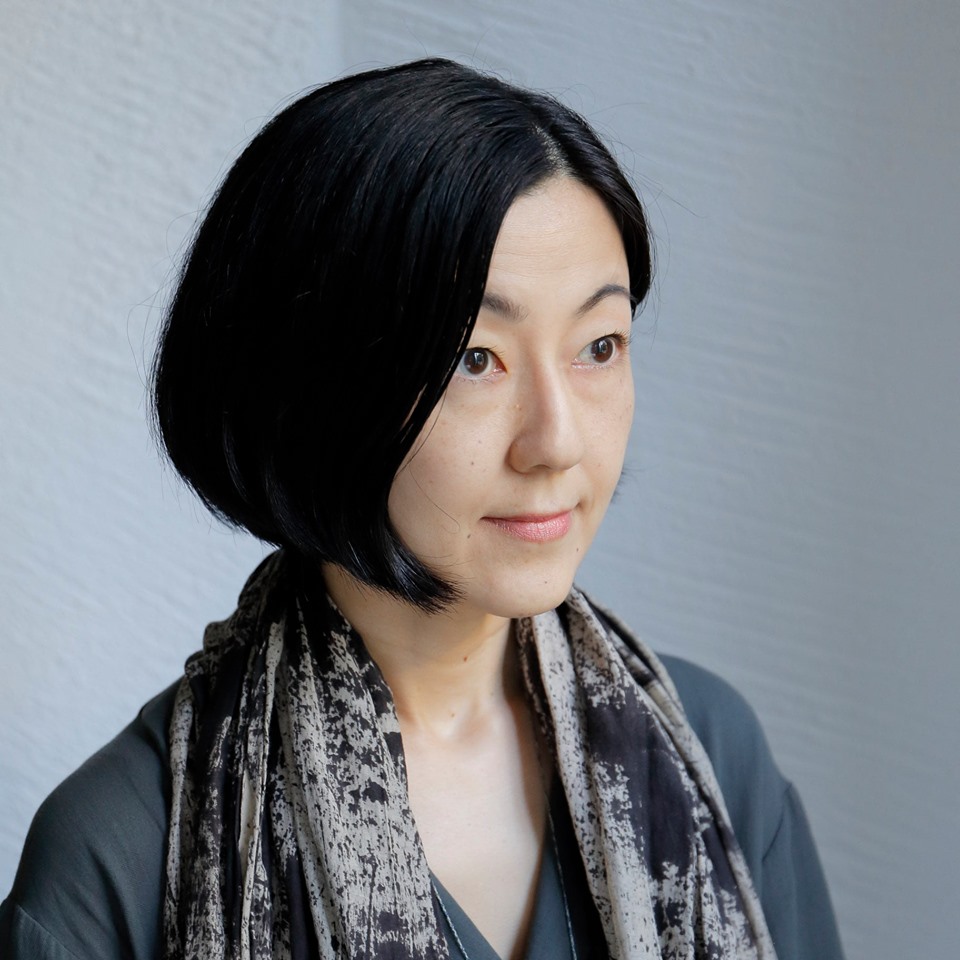
20191030
「ローマ:加藤朝美」展、開催中です(神楽坂一水寮。11月4日まで。13−19時)。今日と明日の15時から、作家のギャラリートークもあります(予約不要。無料)。作品について、イタリア暮しについて、加藤さんの気さくなお話をぜひ。https://www.kogei-seika.jp/gallery/20191001.html
─
〈加藤の師の一人であったペリクレ・ファッツィーニは、1984年の初個展を紹介する文の中で、作品に現われるそれぞれの場所が「輝きに満ち、同時にリズム感のある、詩的にデフォルメされた形として追想されている」と述べている。(略)鏡を通しての錯視により様々な物が一つの空間に包み込まれるのと同様に、加藤朝美の彫刻作品は、異なる言語・表現法の融和、そして綿密な構造と充実した質感によって古代建造物を新たな形で甦らせている〉(アンナ・インポネンテ/ローマ国立近代美術館)
─
ローマ帝国跡 2014年 ブロンズ
3本の街灯 1988年頃 ブロンズ
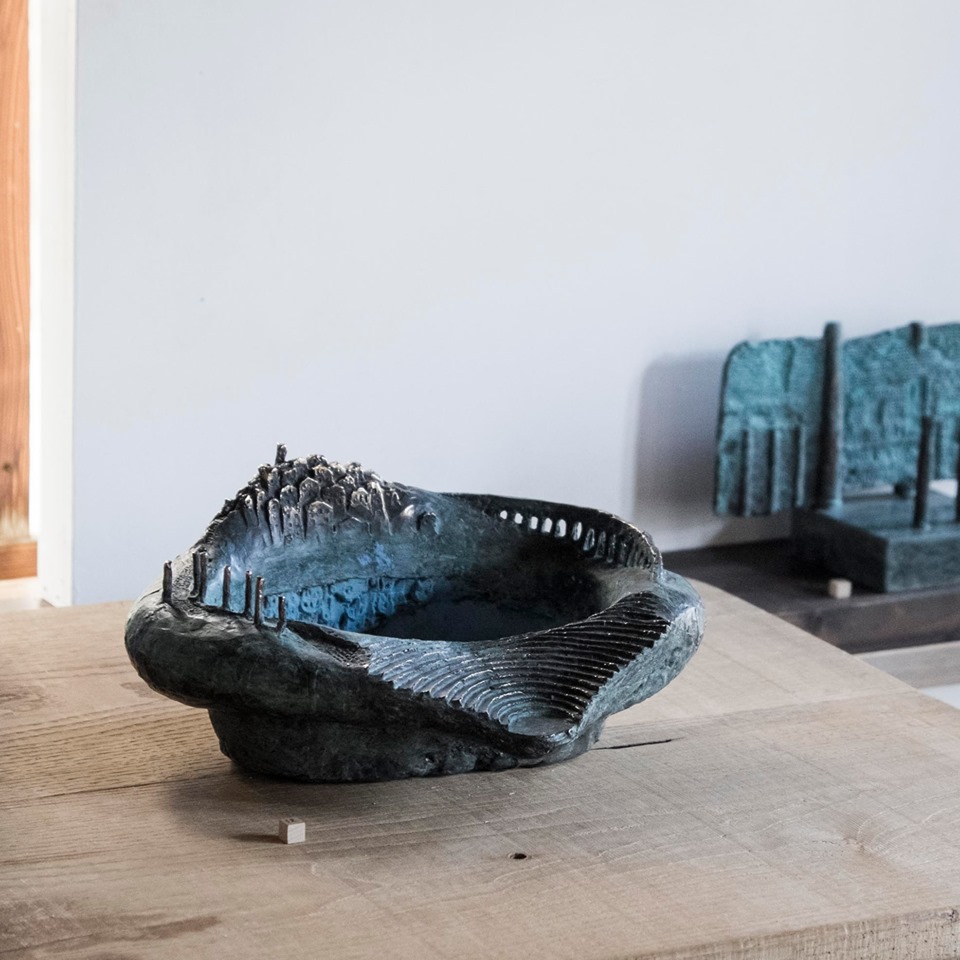
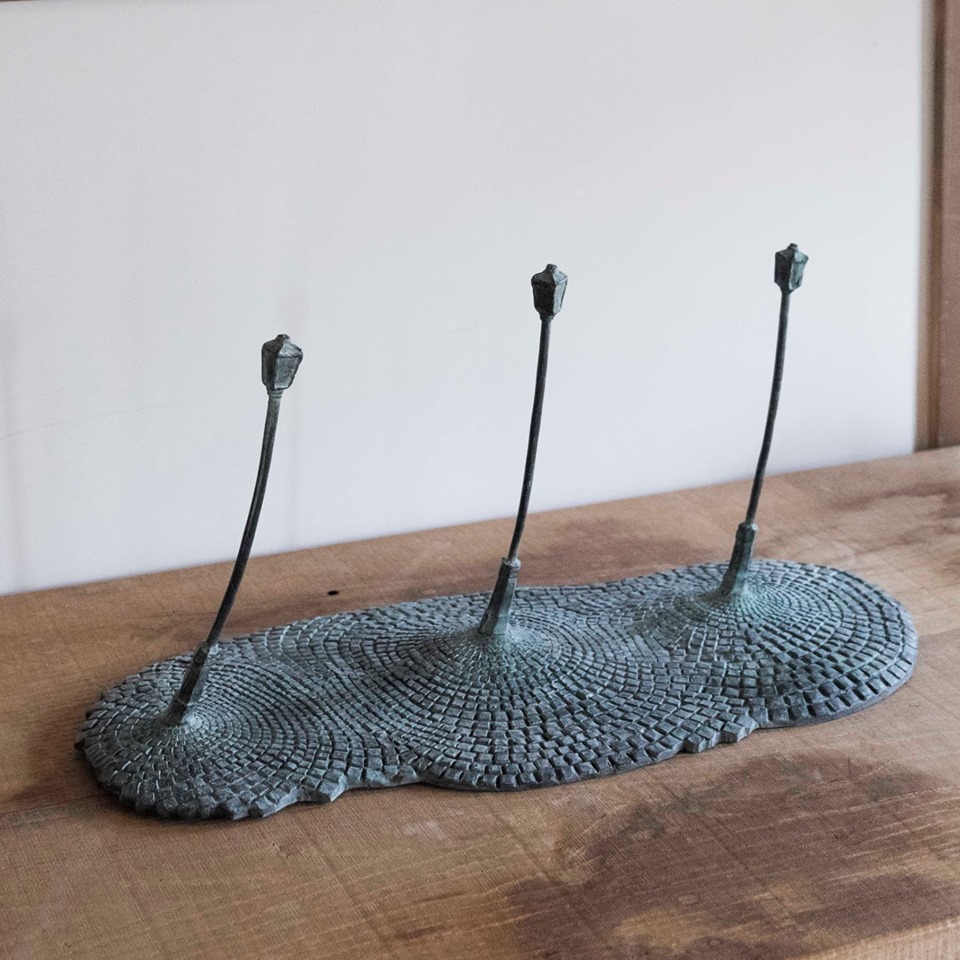
20191029
来週11月6日(水)19時から、松本武明さん(うつわノート)と山内彩子さん(Gallery SU)の対談をおこないます(神楽坂一水寮)。主題は「工芸ギャラリーの役割」。来年2月に開催する「青花の会|工芸祭」の説明会もかねています。https://shop.kogei-seika.jp/products/detail.php?product_id=295
─
以下は松本さんから。〈今はきっと流行らないと思うのですが、ギャラリーを始める前も、始めてからも常々言葉にすることを心掛けてきました。もちろん営業上の理由なのですが、できれば単なる物の解説だけではなく、その背景や時代の中での意味を探りたいと思ってきました。大きな視点で見るならこの20年間くらいに工芸や古道具を起点にして、美の解放(置かれる場所や接し方)が起こっていると思うのですが、ここ数年のインスタ映えや海外需要に流されてブームで終わってしまっては困る訳です。ギャラリーという役割が相対的に希薄化する中で、ものを意味づけること、批評性をもつこと、不器用であってもそういう行為を続けておかないと消えてしまいそうで……。工芸祭はギャラリーの視点を問うと共に、見る側の意識も触発しなければと思っています。このところの生活工芸の質の変化も、あと数年もすれば何だったのかわからなくなる。誰も断ずることは出来ないにしても、何かしら語るなり記録しておかないと。確かにあの頃に変わり始めたよねという認識を持てるように、時代の句読点として必要なんじゃないかと思っています〉
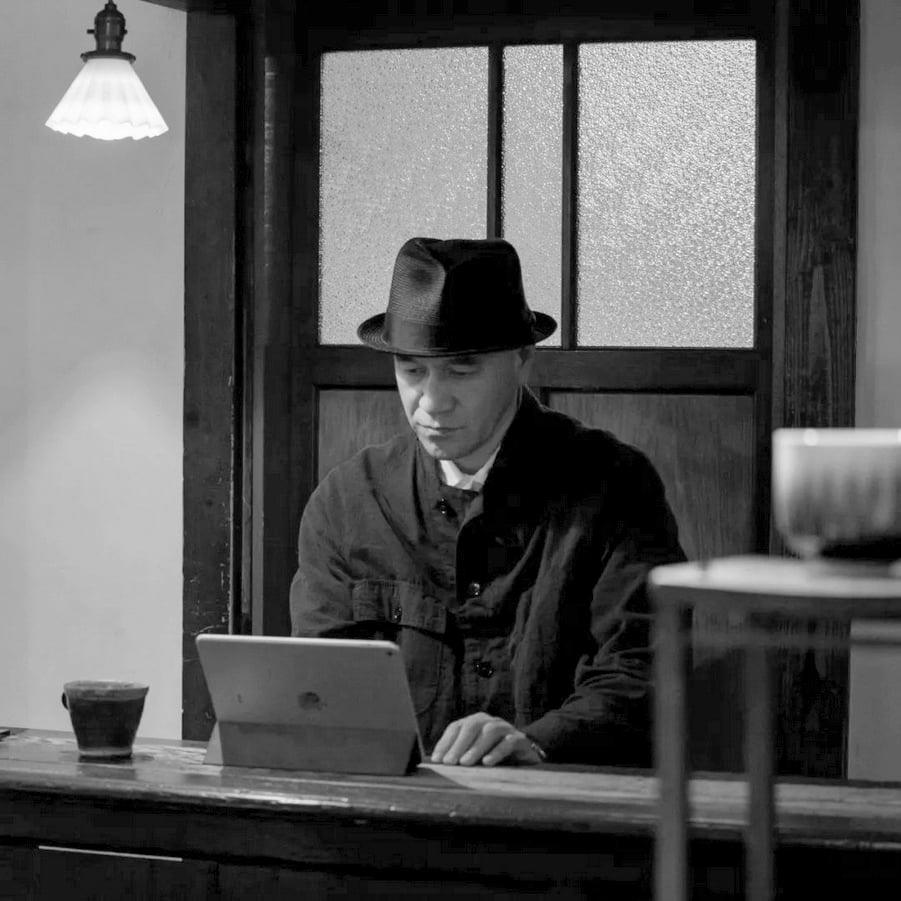
20191028
「ローマ:加藤朝美」展、開催中です(神楽坂一水寮。11月4日まで。13−19時)。今日から木曜まで、加藤さんのギャラリートークもあります(15−16時)。https://www.kogei-seika.jp/gallery/20191001.html
─
〈パリは絵になる街だけれど、彫刻にはならない。その点、ローマは正反対。厚い城壁の中にはるかな歴史を刻み込み、色彩には乏しいが立体的な、深い味わいのある街だと思う〉(『銀花』1985年春号)
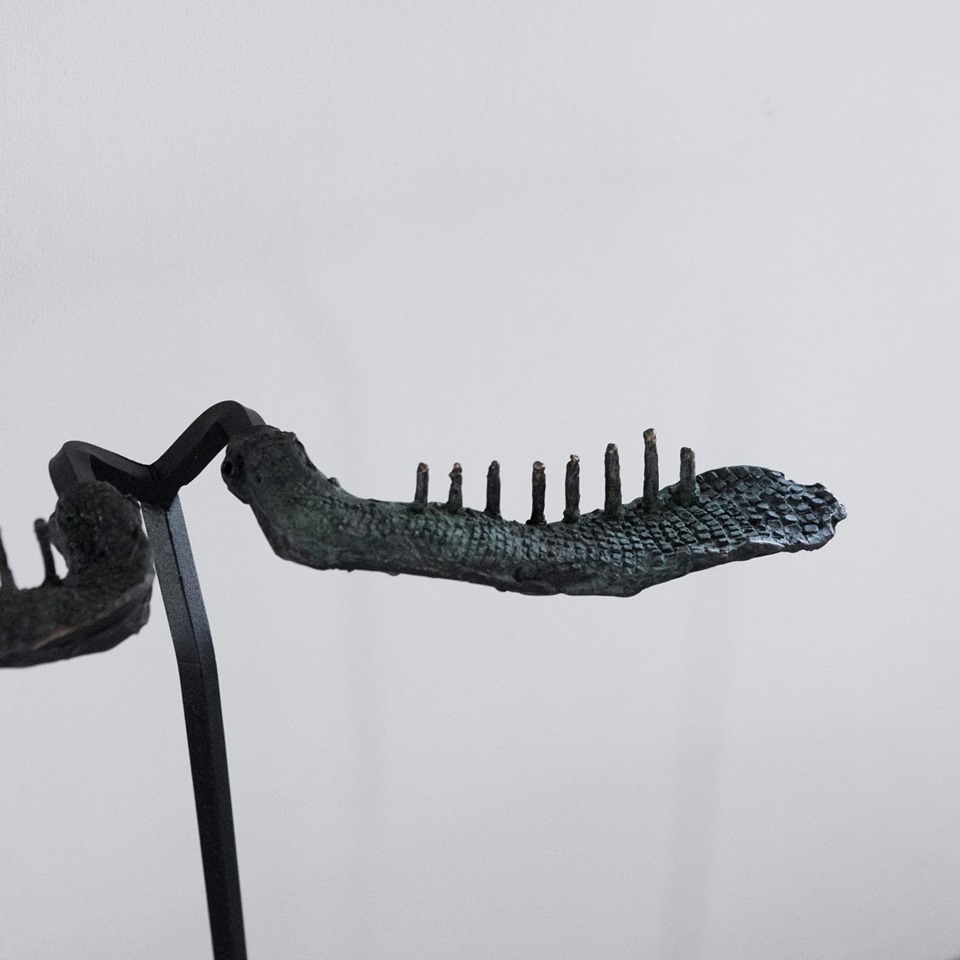
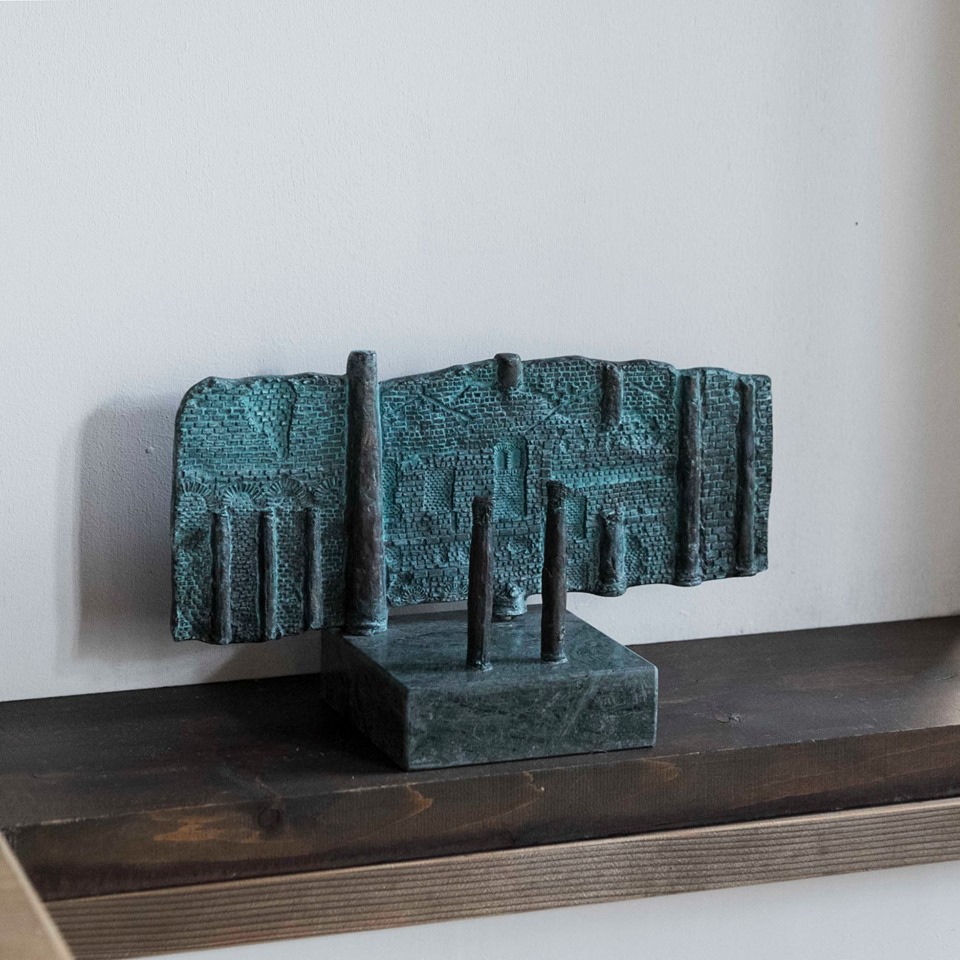
20191026
「工芸批評」展(松屋銀座デザインギャラリー。11月6日まで)をみたある作家から、「ものがばらばら、統一感がない」との意見が届きました。そのとおりだと思います。なぜなら、感覚を共有していない(つまりよいと思うものがことなる)者どうしでも、感覚ではなく、言葉によって理解しあえるはず、というのが、今展のテーマ(であり希望)だからです。とくに、井出幸亮さんと高木崇雄さんの展示と文章は、監修が三谷龍二さんであることを念頭に、「生活工芸」の「外部」であることを心がけてくれたように思います。https://www.kogei-seika.jp/book/kogei-hihyou.html
─
来年2月に青花でおこなう「工芸祭」も、「工芸批評」展と同様、言葉を重視しています。11月6日に工芸祭の監修者ふたり(松本武明/うつわノート+山内彩子/Gallery SU)の対談をおこなうのですが、私がふたりに依頼した理由は、ふたりが「内輪」ではないから、言葉をかわさないと理解しあえない(であろう)ふたりだからです。
https://shop.kogei-seika.jp/products/detail.php?product_id=295
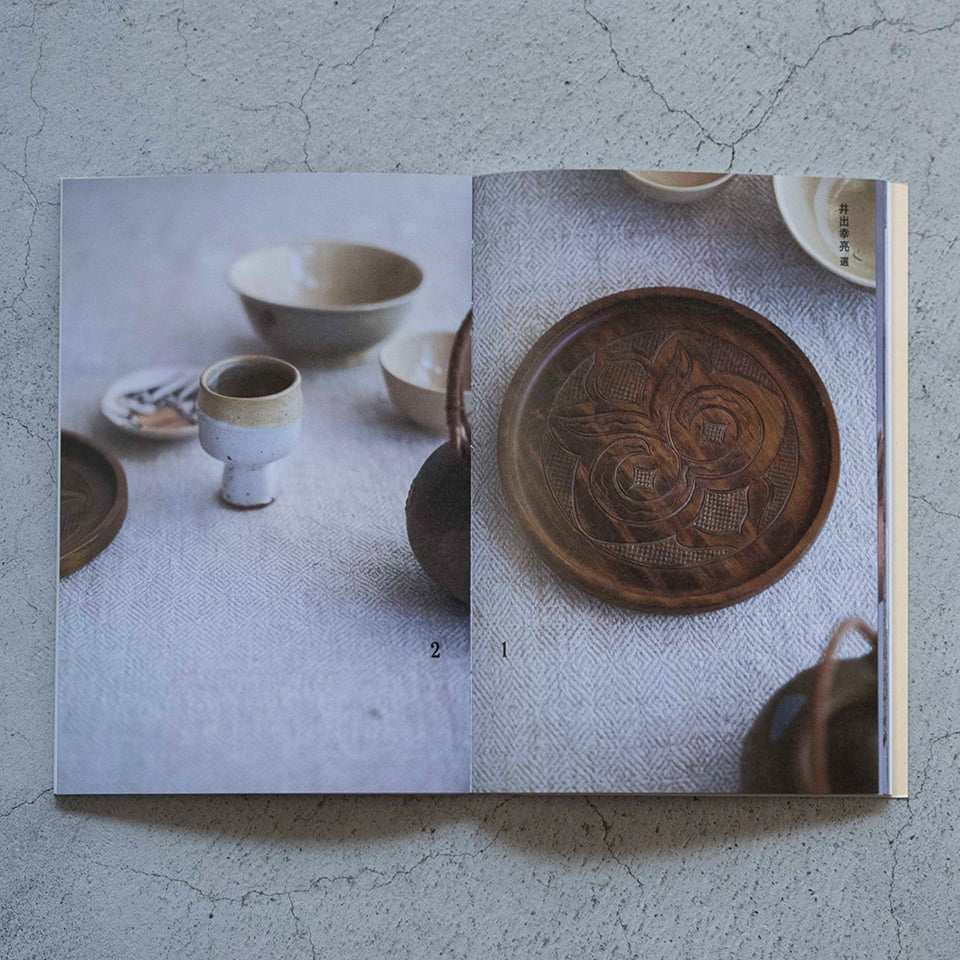
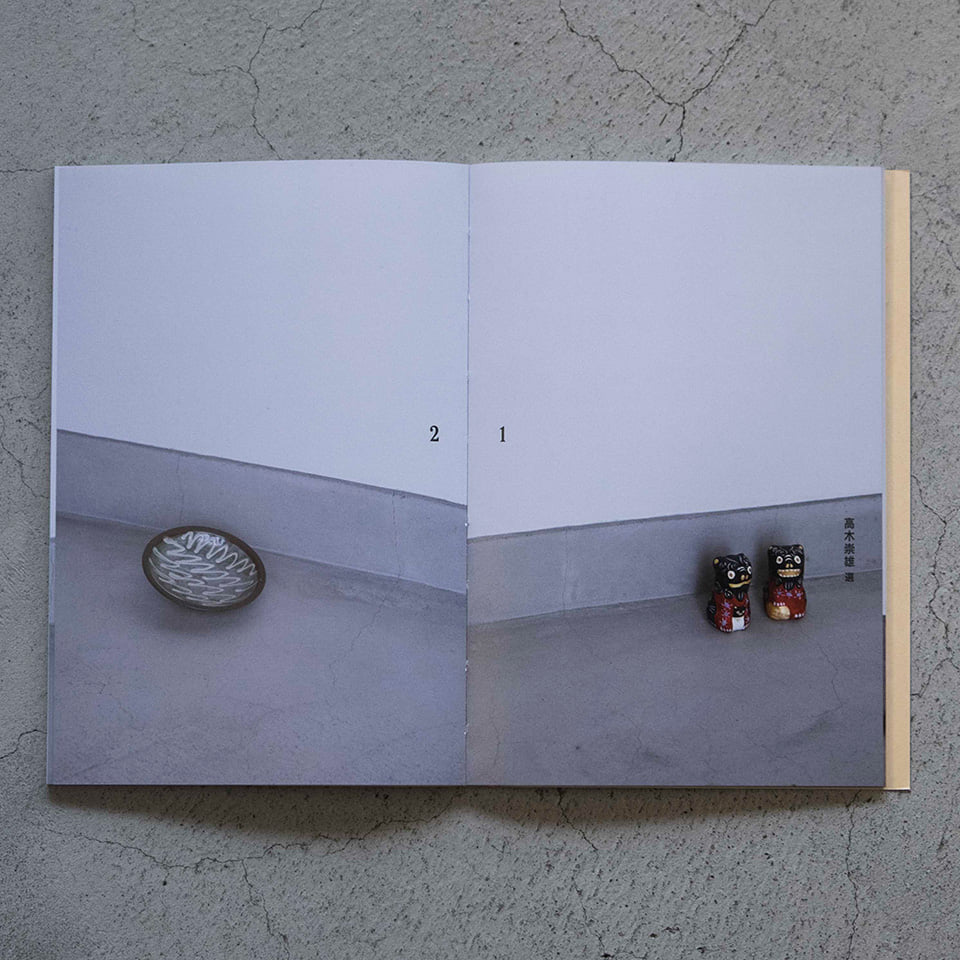
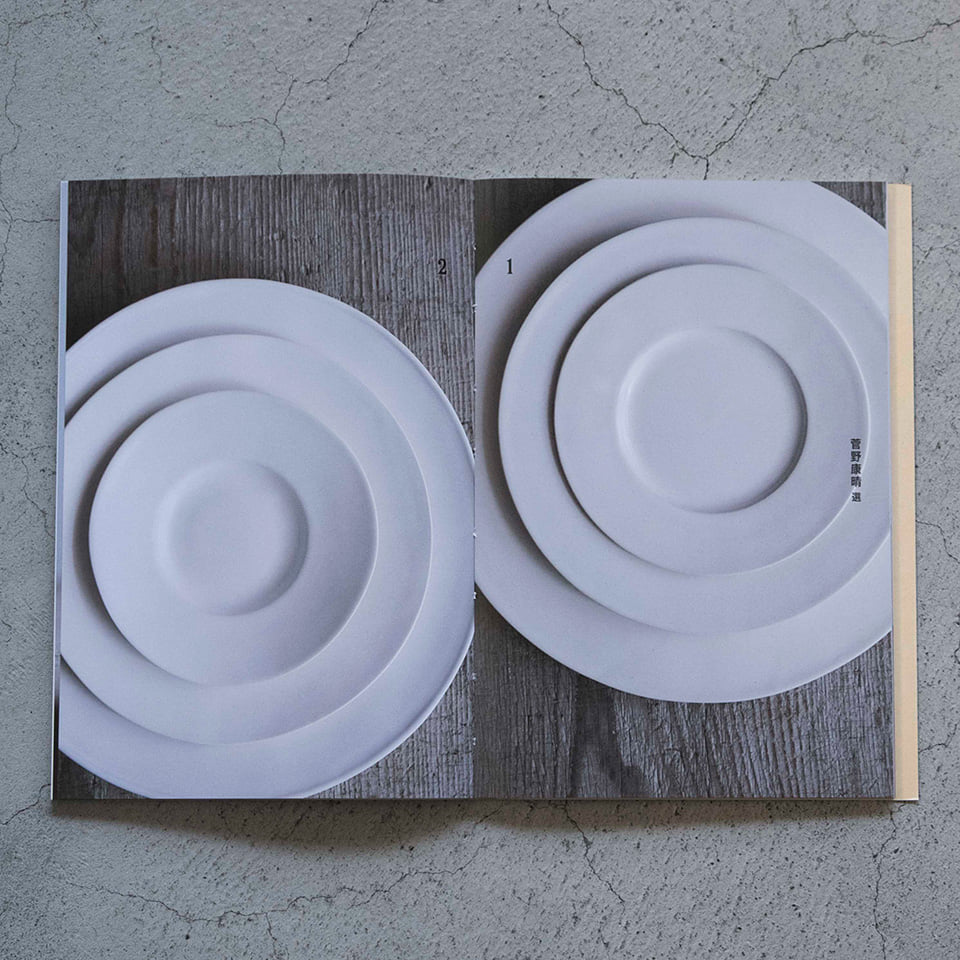
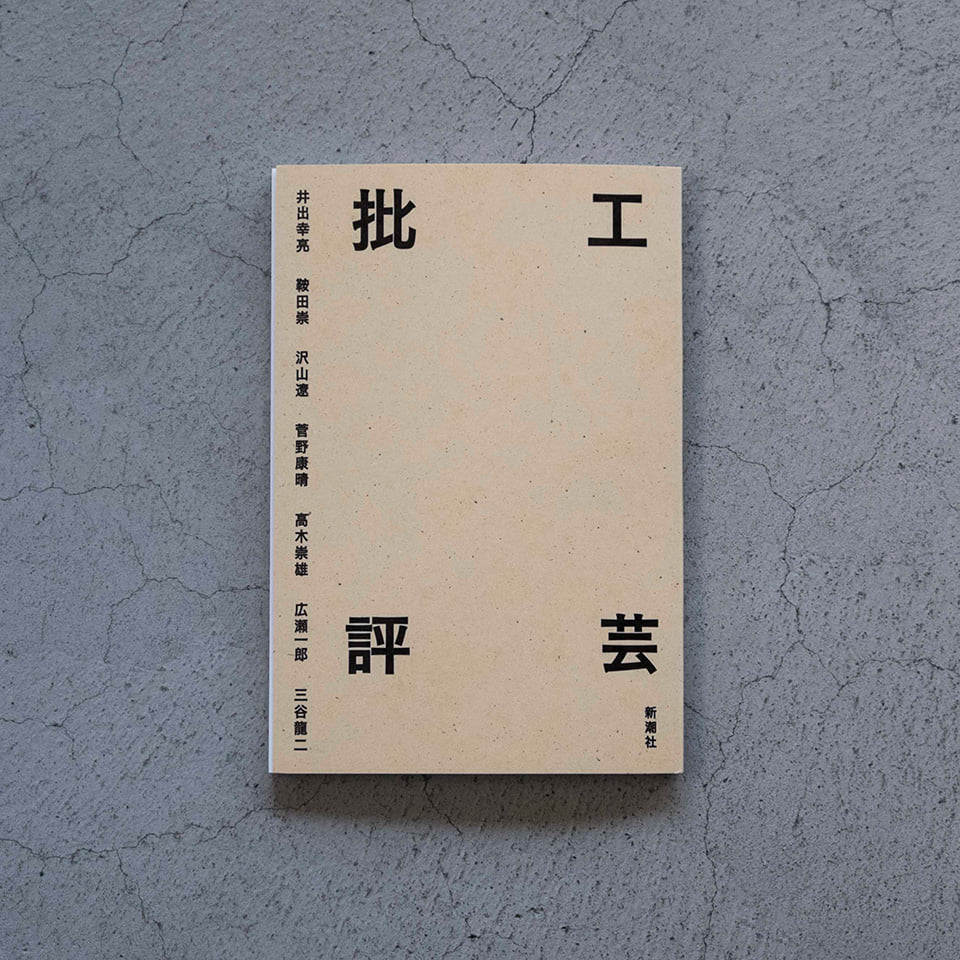
20191025
「ローマ:加藤朝美」展、はじまりました(神楽坂一水寮。11月4日まで。13−19時。今日25日は青花会員と御同伴者、講座参加者のみ)。加藤さんもほぼ連日在廊予定です(ギャラリートークもあります)。https://www.kogei-seika.jp/gallery/20191001.html
ー
パラティーノの丘 2003年 ブロンズ
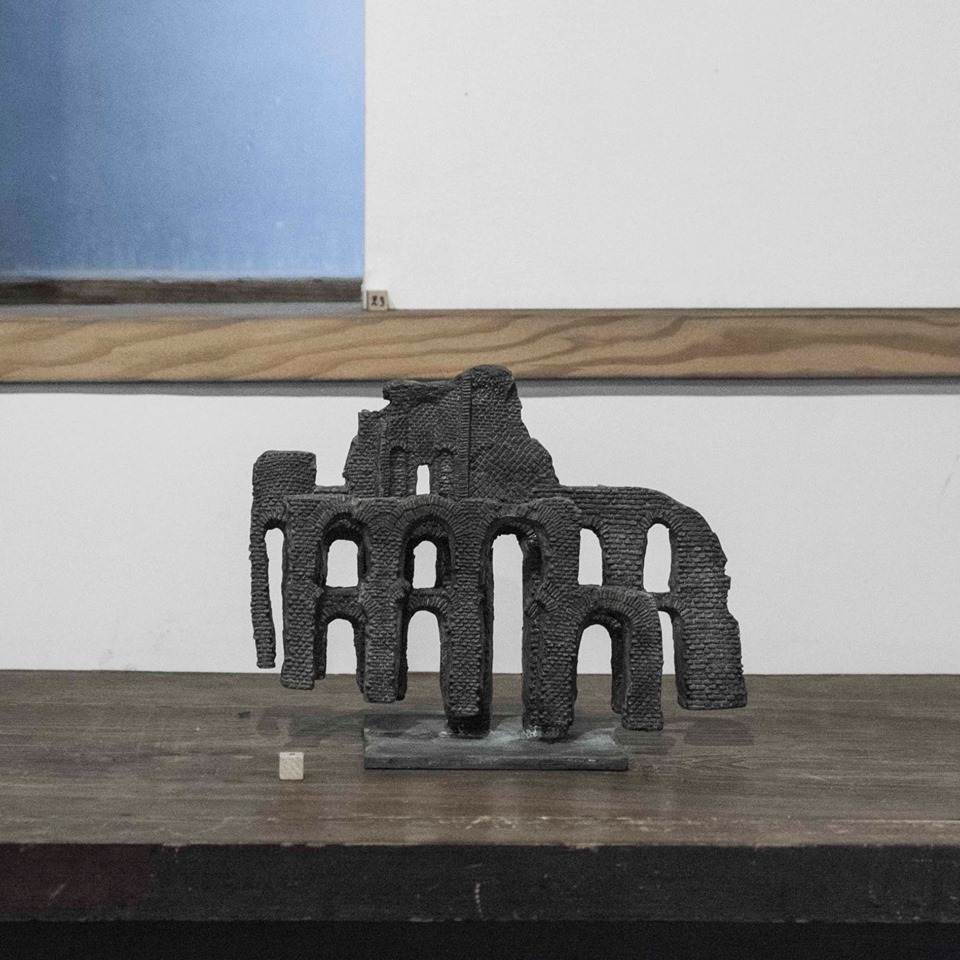
20191024
明日13時から「ローマ:加藤朝美」展です(11月4日まで。神楽坂一水寮。明日25日は青花会員と御同伴者、講座参加者のみ)。明晩は加藤さんと金沢百枝さんの講座(対談)もあります。ブロンズ技法の話、古代やロマネスクのブロンズ彫刻の話なども。https://www.kogei-seika.jp/gallery/20191001.html
https://shop.kogei-seika.jp/products/detail.php?product_id=294
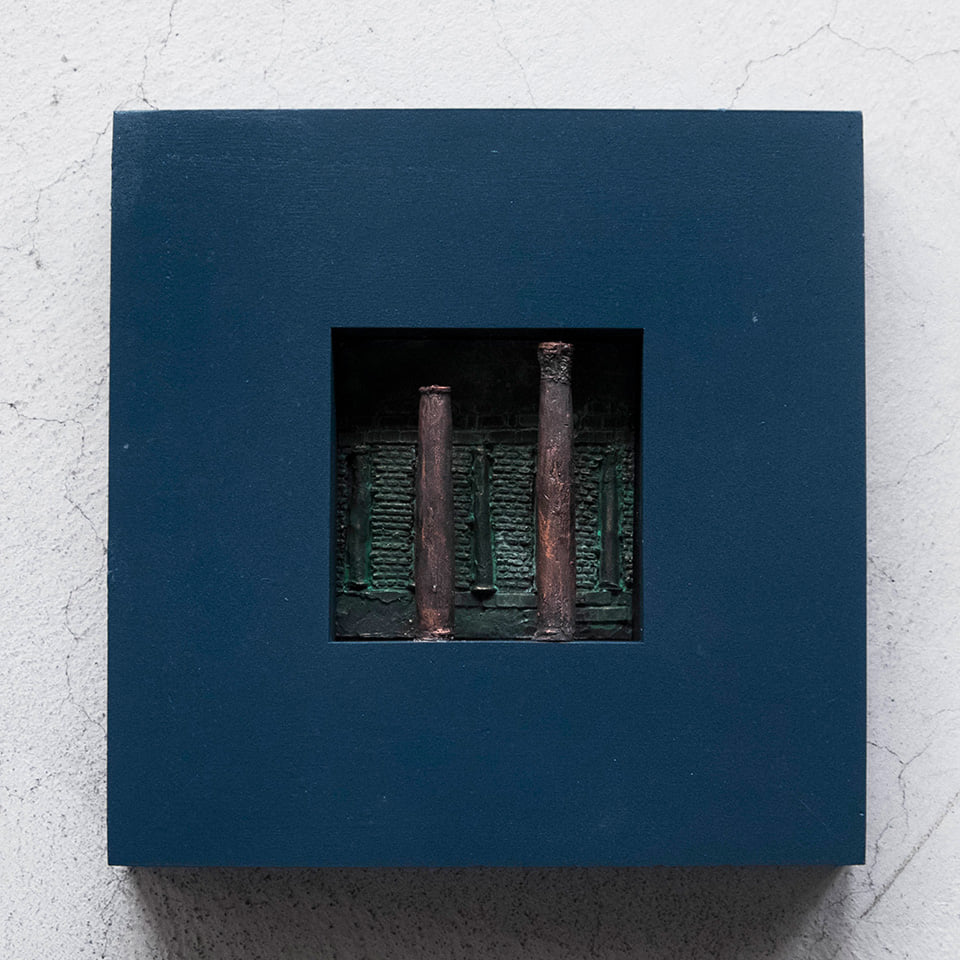
20191023
麻布台の Gallery SU でフランスの画家ロベール・クートラス展開催中です(10月27日まで)。カルト、グアッシュ、テラコッタなど。パレットや描きかけのカルトも展示されています。抽象文を凝視しました。http://gallery-su.jp/exhibitions/2019/09/post-118.html
─
あまり知られていないかもしれませんが、『工芸青花』では作家の堀江敏幸さんによるクートラス(1930−85)の評伝を連載しています。フランス各地(の街、路地、建物)に足跡を追う(不明なことも多いのでときに探偵小説的な)紀行文でもあります。
https://www.kogei-seika.jp/book/kogei-seika012.html
─
11月6日夜、Gallery SU の山内彩子さんと、ギャラリーうつわノートの松本武明さんの対談をおこないます(神楽坂一水寮)。テーマは「工芸ギャラリーの役割」。青花会員以外の方ももちろん歓迎です。
https://shop.kogei-seika.jp/products/detail.php?product_id=295
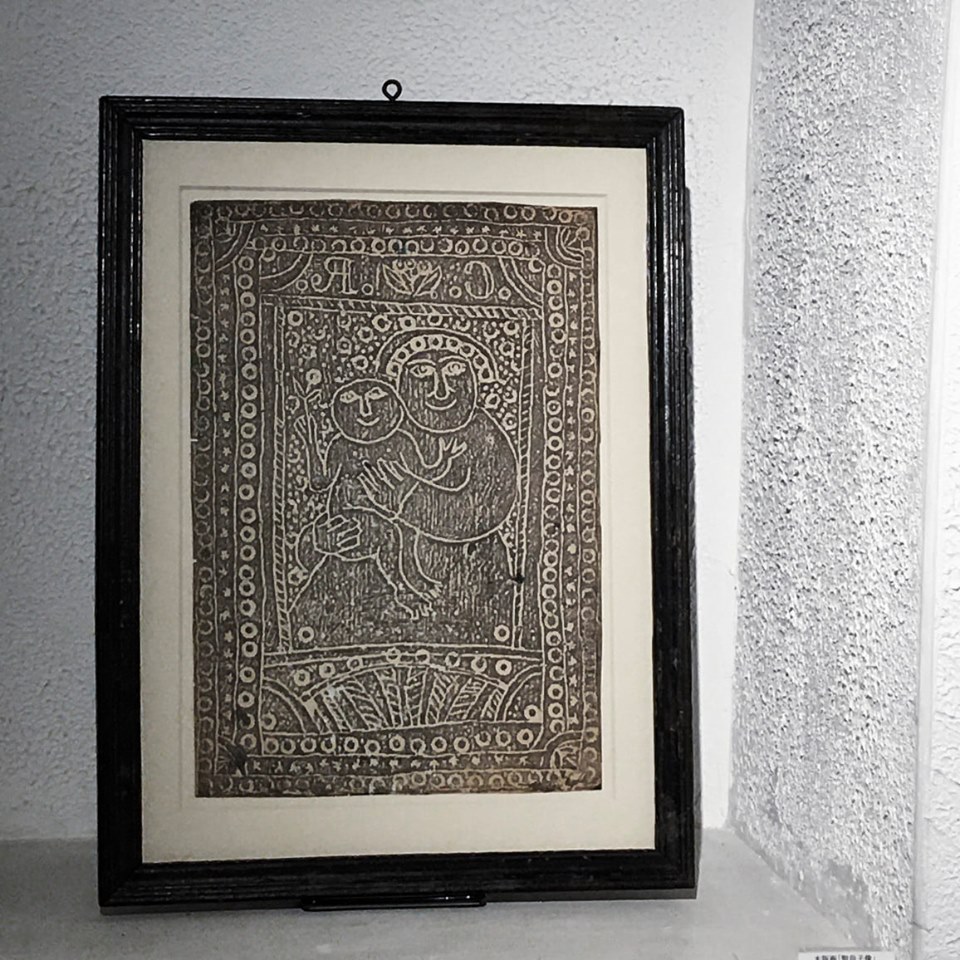
20191019
10月25日(金)より「ローマ:加藤朝美」展です(神楽坂一水寮。11月4日まで)。初日の夜はローマ在住の彫刻家である加藤さんと、美術史家の金沢百枝さんの対談をおこないます。https://shop.kogei-seika.jp/products/detail.php?product_id=294
─
以下は加藤さんより。〈ローマの街の美しさに感動して住みはじめたのに、いざ生活すると実に住みづらい。長く延びる古代の水道橋に気兼ねして線路は曲がり、凸凹の石畳の道は車の乗心地が悪いのに、敷石を組み直して再利用し続ける。旧市街の狭い門も、渋滞になると有無を言わせず侵入禁止にしてしまう。でも、増え続ける観光業者や「不便だ」とすぐ文句を言う現代人のエゴにも負けず、地道に修復を行なうことで「永遠の都」であり続け、街の魅力が守られてきたんですね〉
─
〈たまに早朝の仕事で靄がかる水道橋に出くわしたり、真夜中、ライトアップされた遺跡の勇姿を見ると、古代にタイムスリップしたような感動をいまだに与えてくれる町、ローマ。そんなお話が出来たらいいなと思っています〉
─
〈しかし問題は、ぼくの怪しい日本語と不確かな歴史の知識、さらには独りよがりのイタリア人の友達から聞いた話ばかり......。でも、今回は金沢モモ先生と御一緒ですから、たとえぼくが歴史的事実から大きく外れてしまっても、安心して聴いていただけるので、ぜひ御来場いただきたいと思います〉
─
加藤朝美 Asami Kato
彫刻家。ローマ在住。1952年埼玉県生れ。名古屋芸術大学彫刻科卒業後、ローマ国立美術学校彫刻科でエミリオ・グレコに師事。1997-99年、名古屋芸術大学教授を務める。ローマ、ベネツィア、シチリア、ドロミテ等の街景、風景を主題に制作を続ける。カーギャラリー(ニューヨーク)、渋谷西武工芸画廊(東京)、シテデザールギャラリー(パリ)、ラディン美術館(イタリア)、恵埜画廊(山形)他で個展。
https://www.kogei-seika.jp/gallery/20191001.html
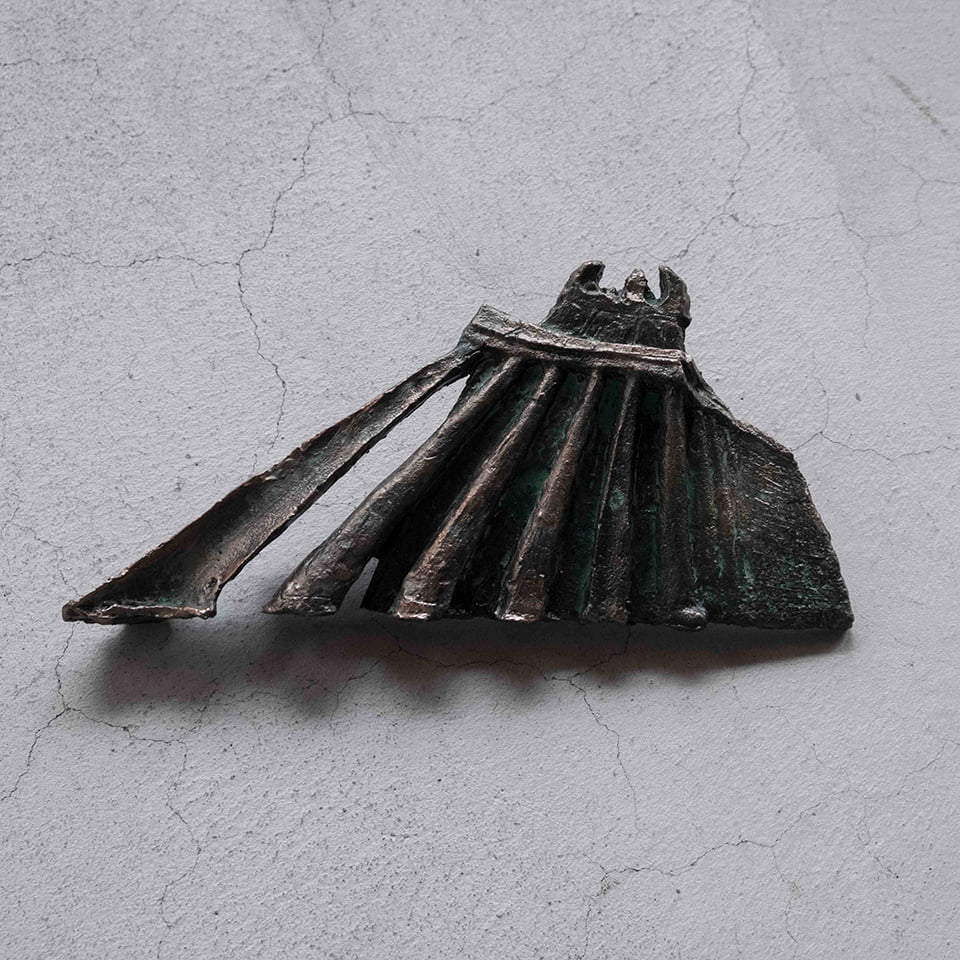
20191018
京都で撮影でした。雨でした。写真は SHINYA のウインドウ。池田遊子(1909-2006)《接吻》。明日から「池田遊子とその時代の彫刻家たち」展です(29日まで)。1950−60年代の抽象作品が主。(わすれられそうな)よい作品をわすれられないようにするのも美術商のつとめ、という主人の奥西真也さんの言葉に共感しました。http://www.shinya-art.com/news.htm
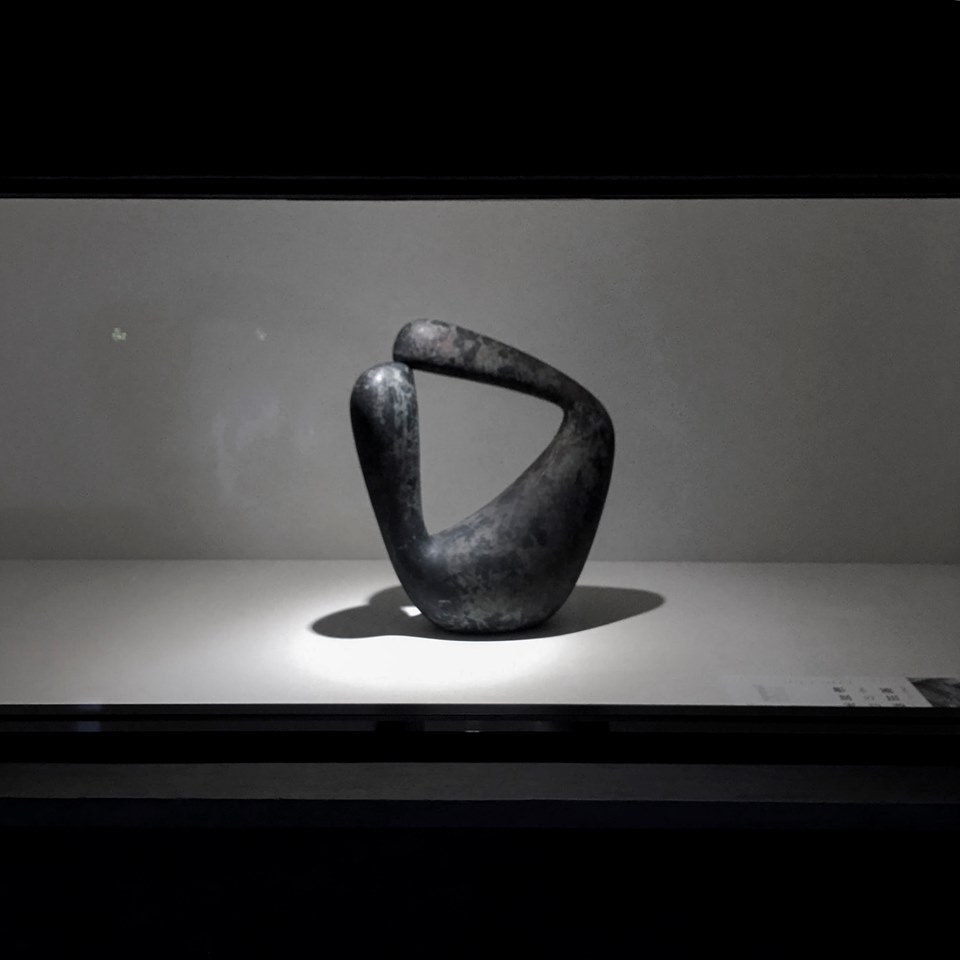
20191017
来週金曜(10月25日)より「ローマ:加藤朝美」展です(神楽坂一水寮。11月4日まで)。初日の夜は加藤さんと美術史家の金沢百枝さんの対談をおこないます。以下は金沢さんより。─
〈加藤朝美さんとは知りあって10年ほどですが、イタリアに行くと(あるいは加藤さんの帰国時に)必ず会うので、わたしは勝手に親戚のように思っています。ダジャレ好き、シベリアンハスキー似でダンディなブロンズ彫刻家です。ローマで会う加藤さんほど頼もしい存在はいません。町にとけこみすぎて、待合せしても見つからないほど! ローマについて、イタリアの人たちについて、加藤さんの話をうかがっていると、仕合せな生きかたって何だろうと考えさせられます。そんな加藤さんの作品の面白さは、彫刻で風景をテーマにしていること。風景画ではなく立体で造る。町への愛ゆえでしょうか。人の視点と俯瞰的視線が溶けあっています。ドロミテの山々からは森のざわめきが、ボローニャのポルティコからは石畳を歩く足音が聞こえてくるようでした。今回の展示は「ローマ」がテーマ。どんな作品が並ぶのか、いまから楽しみです〉
─
あたたかな夜になると思います。
https://shop.kogei-seika.jp/products/detail.php?product_id=294
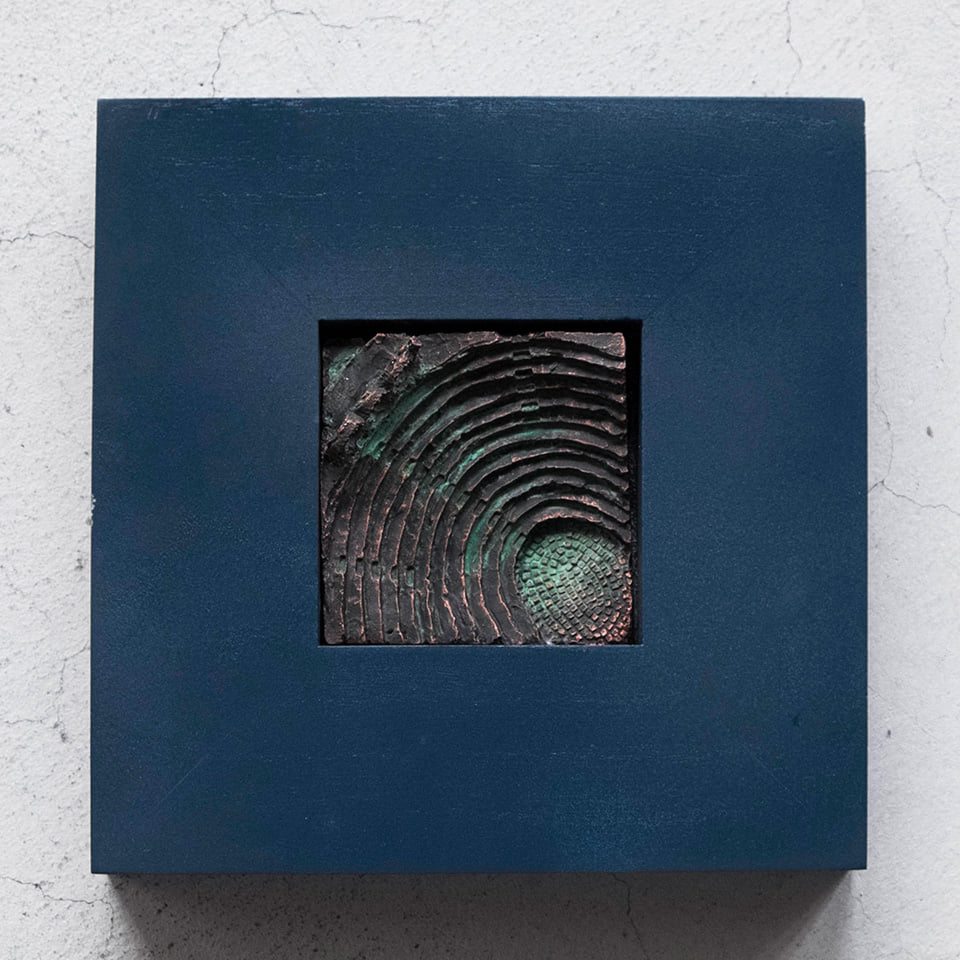
20191017
昨夜は建築家の中村好文さん、増田奏さんによる講座「住宅設計入門」第3回でした(写真はおふたりの手)。ともに住宅建築の名手であり、吉村順三事務所時代からの旧知の仲であるおふたりの「かけあい」的講評には、そのひとことひとことに、建築/生活を考えるヒントが埋めこまれています。https://shop.kogei-seika.jp/products/detail.php?product_id=280
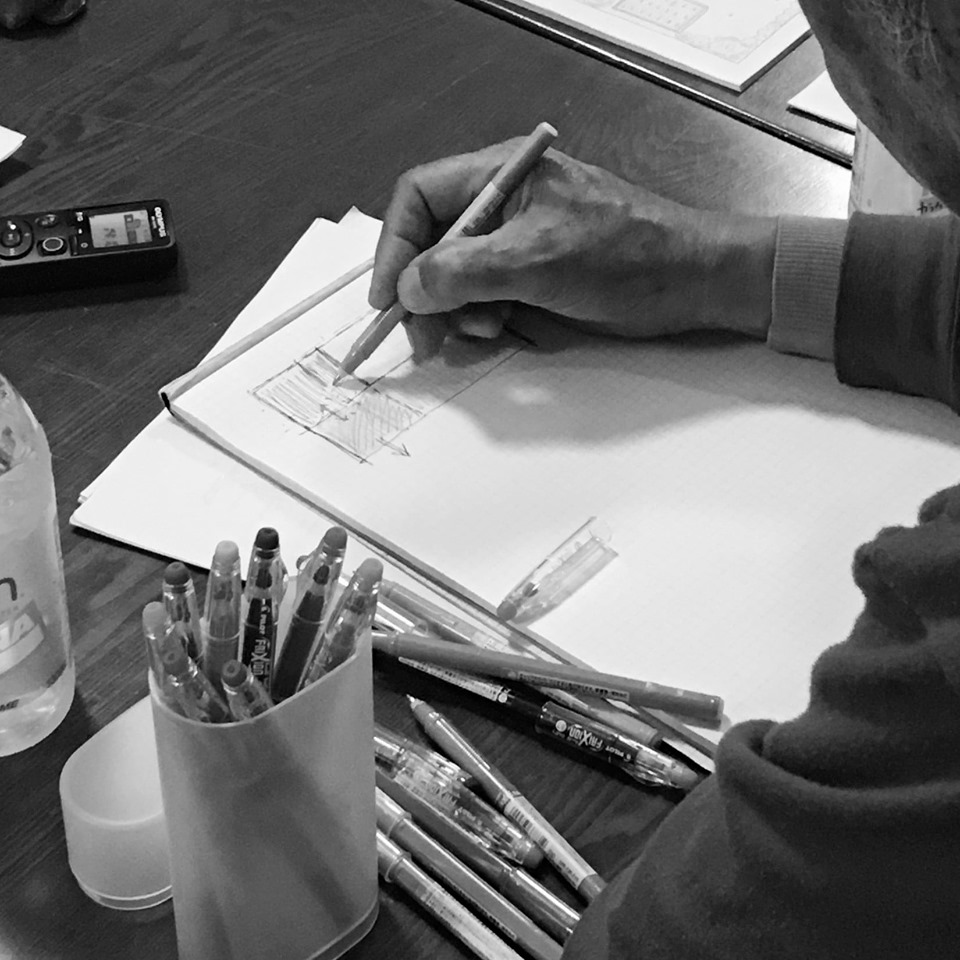
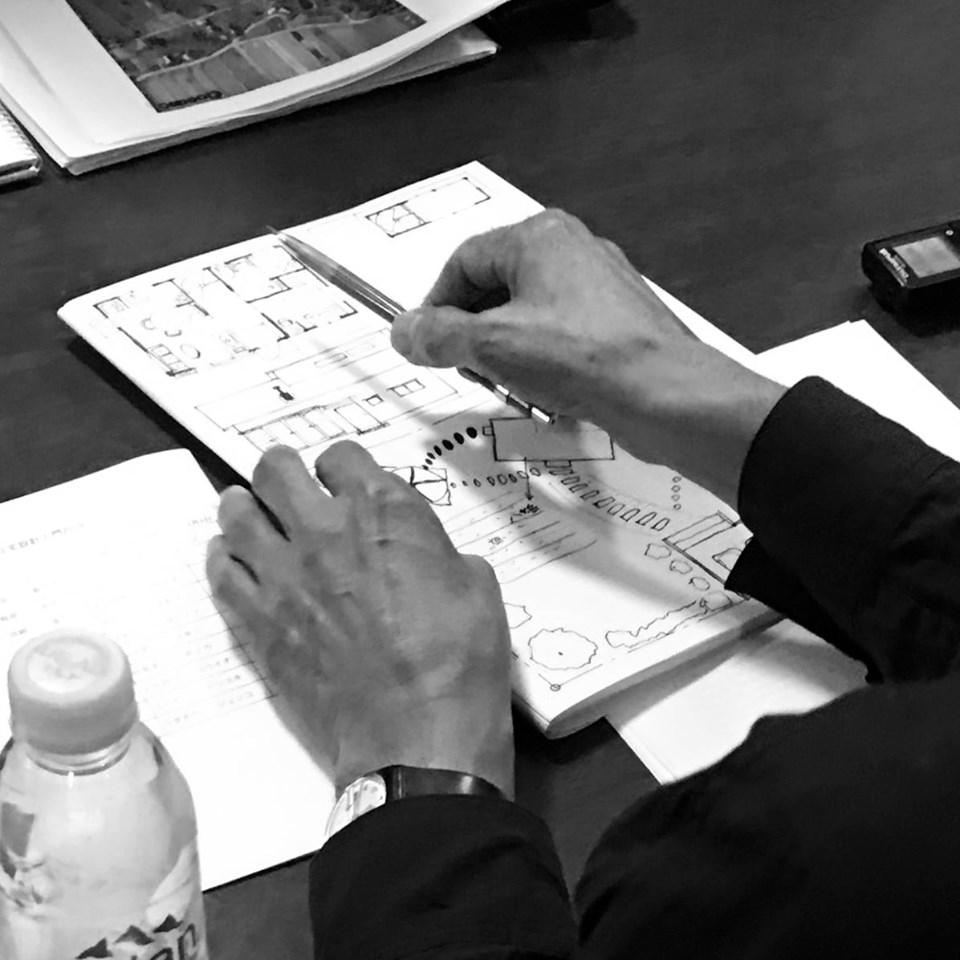
20191016
あらたな催事のお知らせです。来年2月、松本武明さん(うつわノート)、山内彩子さん(Gallery SU)監修による「青花の会|工芸祭」をおこないます(詳細あらためてお知らせします)。https://www.kogei-seika.jp/seikafes/kogei2020.html
─
11月6日の対談はその説明会をかねています。私としては、対談も工芸祭も、『工芸青花』12号の生活工芸派特集と村上隆さんの現代工芸論、および松屋銀座で開催中の「工芸批評」展につらなるものと考えています。
https://www.kogei-seika.jp/book/kogei-seika012.html
https://www.kogei-seika.jp/book/kogei-hihyou.html
─
■講座|工芸と私35|加藤朝美+金沢百枝|ローマと私
□10月25日(金)19時@一水寮悠庵(神楽坂)
https://shop.kogei-seika.jp/products/detail.php?product_id=294
─
■講座|工芸と私36|松本武明+山内彩子|工芸ギャラリーの役割
□11月6日(水)19時@一水寮悠庵(神楽坂)
https://shop.kogei-seika.jp/products/detail.php?product_id=295
─
■講座|金沢百枝|キリスト教美術をたのしむ52|ロマネスクの宇宙11|都市と村の暮し
□11月14日(木)18時半@自由学園明日館ホール(目白)
https://shop.kogei-seika.jp/products/detail.php?product_id=296
─
■講座|河島思朗|ギリシア・ローマ神話43|ヘラクレス|12の難行その5|冒険の行方
□11月21日(木)18時半@自由学園明日館(目白)
https://shop.kogei-seika.jp/products/detail.php?product_id=297
─
写真は『工芸青花』12号「生活工芸派の2018年」より。
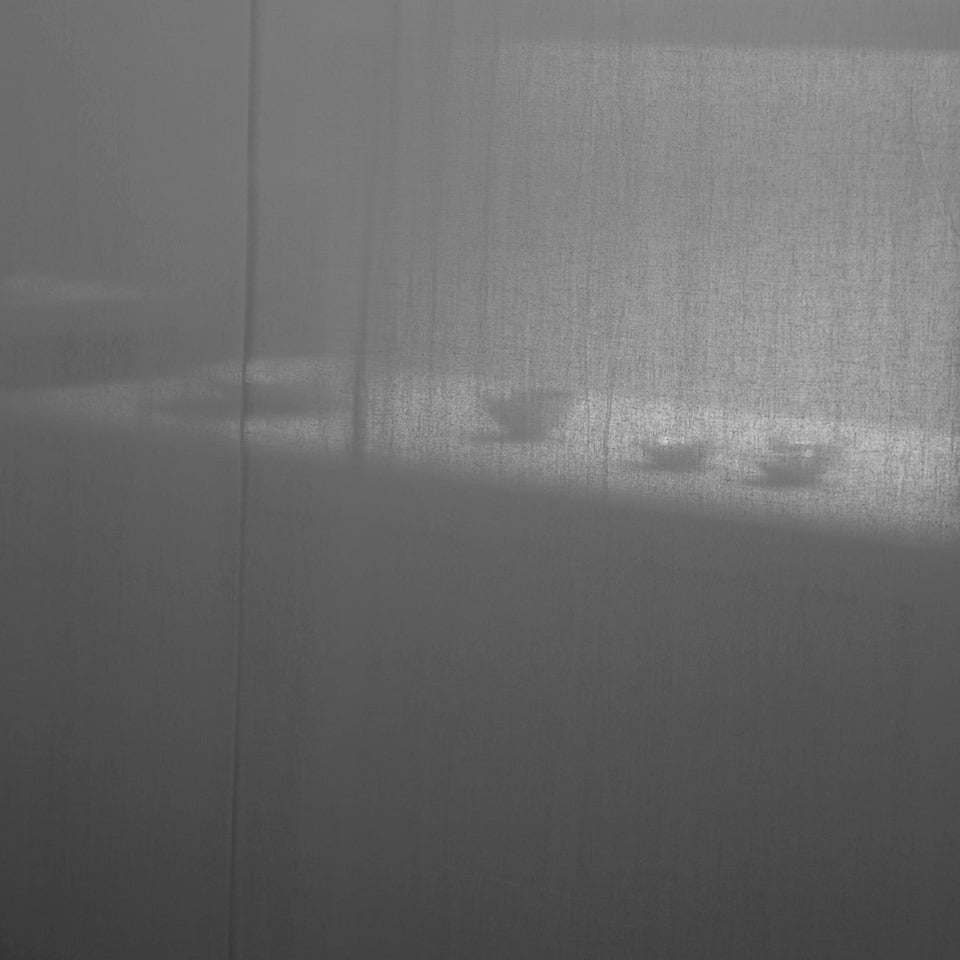
20191015
来週10月25日(金)より「ローマ:加藤朝美」展です(神楽坂一水寮。11月4日まで。10月25日は青花会員と御同伴者のみ)。https://www.kogei-seika.jp/gallery/20191001.html
─
ローマ在住の彫刻家、加藤朝美さんの個展です。ブロンズ等約30点を展示します。加藤さんは1976年にローマへわたり、名匠エミリオ・グレコ(1913−95)に師事しました。初期からローマその他イタリアの街景、風景を主題に制作をつづけています。景色の伸縮による独自の遠近法の創出が、記憶の創出をももたらすような作風が魅力です。加藤さんにはイタリア取材のたびにたすけられてきました。東京ではひさしぶりの展観です。ぜひおはこびください。
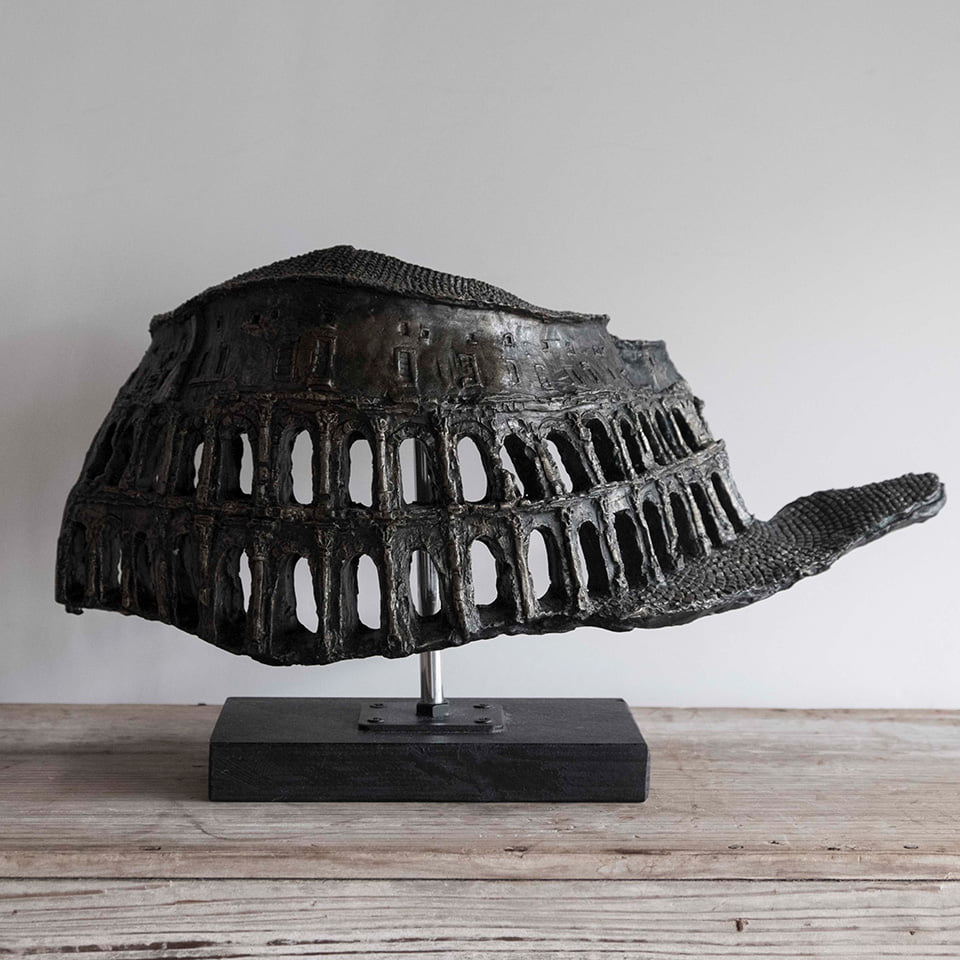
20191013
高木崇雄さんのブログ「工芸入門」更新しました。今月は「食器洗浄機」の話から。https://www.kogei-seika.jp/blog/takaki/033.html
─
いま、松屋銀座で三谷龍二さん監修の「工芸批評」展が開催中ですが、三谷さんから最初にその話をきいたとき、私がまず思いうかべたのは高木さんでした。工芸批評を体現しうる、稀なひとりだと思っています(多くの本を読んでいること、論理的な文章が書けること、現場に立ち業界の内情につうじていること、にもかかわらず俯瞰的歴史的思考ができること、微毒があること、論争をおそれないこと、私心が稀薄なことなど)。
http://designcommittee.jp/2019/09/20191009.html
─
三谷さんや高木さんほかの文章をおさめた『工芸批評』という本もつくりました。展覧会場と青花のサイトで販売しています。
https://www.kogei-seika.jp/book/kogei-hihyou.html
─
写真はアメリカのシェーカービレッジ。10月でした。
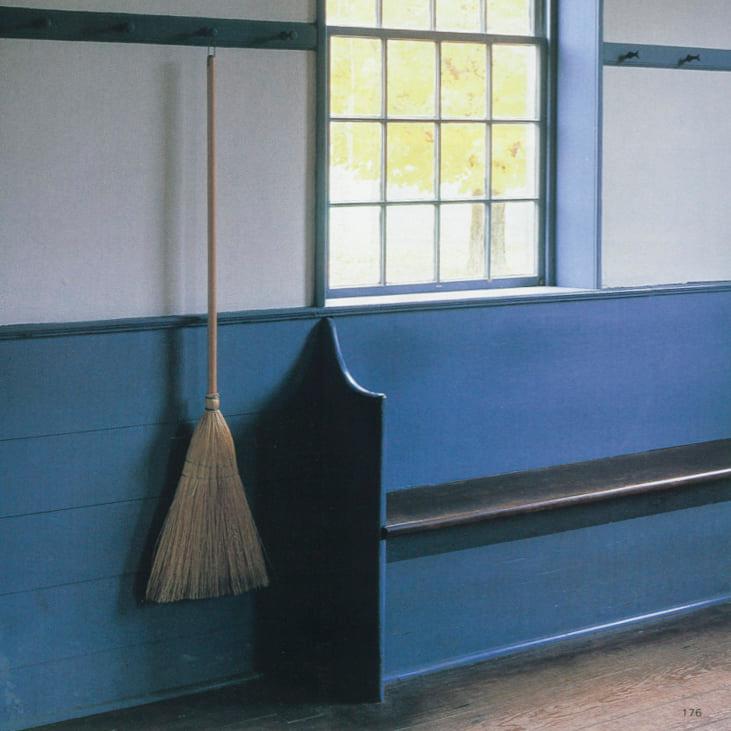
20191012
今週木曜(17日)夜は、美術史家・金沢百枝さんの講座「キリスト教美術をたのしむ」です(自由学園明日館ホール@目白)。今回のテーマは「修道院」。〈ながく講座をつづけていて、修道院や修道士の話はたびたびしているはずですが、「修道院」というテーマで話したことはなかったように思います。修道院の成りたち、宗派や地域差、どんな暮しをしていたのかなど、お話しできたらと思います〉(金沢さん)。https://shop.kogei-seika.jp/products/detail.php?product_id=292
─
写真はフランス、サン・ブノワ・シュル・ロワール修道院の朝。2枚目はブルゴーニュの僧院へゾディアック叢書のアンジェリコ修道士(金沢さんの右隣)をたずねたとき。食後のお茶の時間。どちらも『工芸青花』1号より。
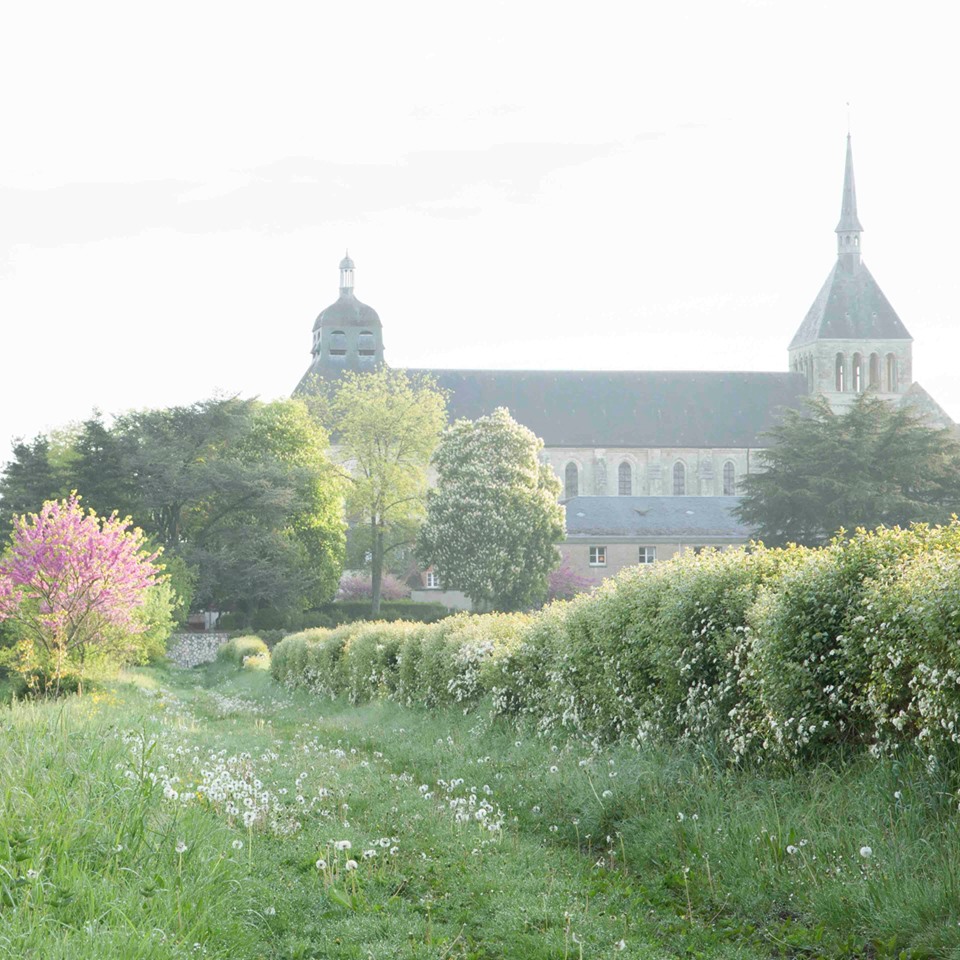
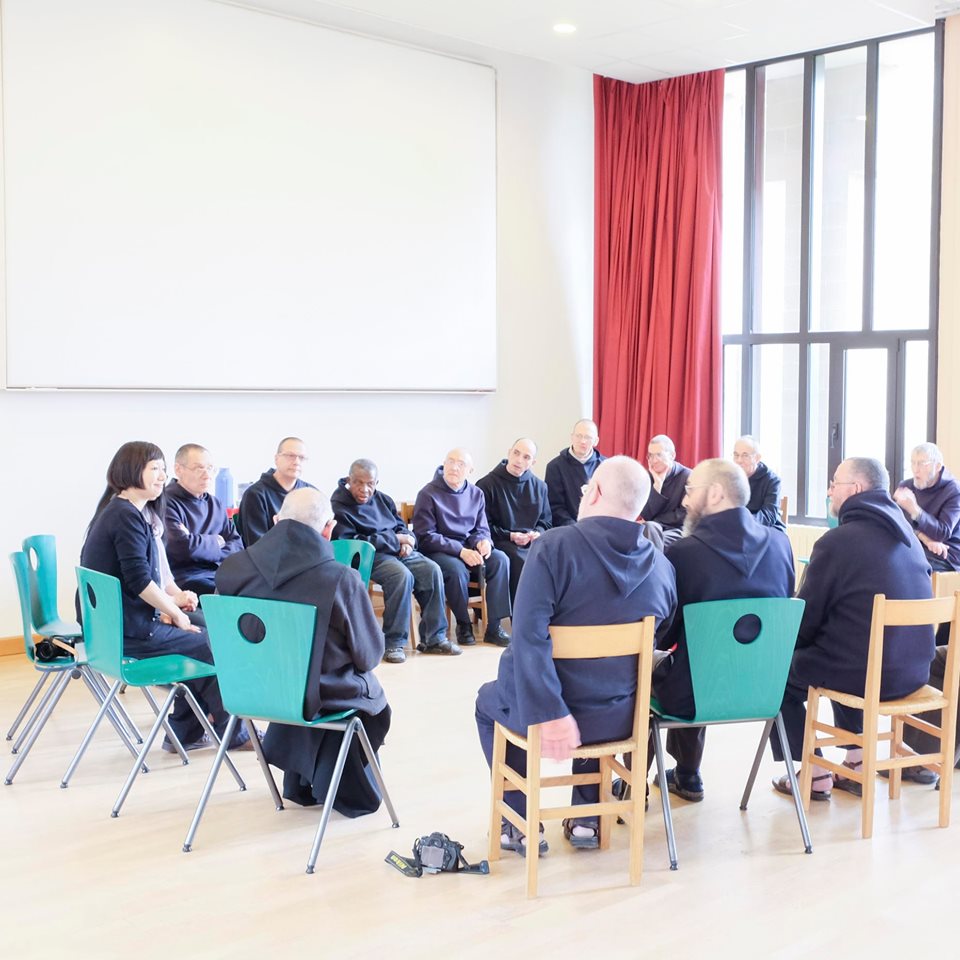
20191010
三谷龍二さん監修による「工芸批評」展、昨日からはじまりました(松屋銀座デザインギャラリー。11月6日まで)。みなさんのおかげでよい展示になりました(テーマ上ネームの多い会場ですが、それらの文字組、配置はデザイナーの米山菜津子さんです)。http://designcommittee.jp/2019/09/20191009.html
─
昨夜は出展者によるトークでした。そこでも話しましたが、今展はものだけみても意図はつたわらないと思います(もちろんそうしたみかたを否定するつもりはありません)。会場のネームを読みながら、もしくはできれば同時に刊行した『工芸批評』という本を読みながら(会場ネームは同書からの引用)、御覧いただけたらうれしいです。本の内容をすこし詳しく紹介するサイトをつくりました(会場と青花ウェブサイトで販売しています)。
https://www.kogei-seika.jp/book/kogei-hihyou.html
─
〈本(注=『「生活工芸」の時代』。2014年刊)がでたあと、知人のスタイリスト(女性)から「それにしてもマッチョな内容ですねー」というメイルが届いた。「私たち女は、お腹を空かせたこどものために、なりふりかまわず、ごはんを作らないといけないんです。もっと切羽詰まったものなんです」。たしかに、それがほんとうの「生活」かもしれない。この本の装丁はできるだけそっけなく、非情に、叙事的にしたかった。〈こうした生活工芸にかかわる文章で言及されるのは、そのものや作り手、「民藝」との関係性、享受者の側が創造していく、ものとの「あるべき生活」(略)といったあたりが主で、近代以降の日本における美術と工芸のねじれた歴史の文脈の中に、生活工芸をどのように位置づけていくかという俯瞰的、あるいはメタな議論はあまり目にしない〉(橋本麻里)。「生活」からはなれて「生活工芸」を議論することがなぜ必要なのか(いいかえれば「工芸批評」がなぜ必要なのか)。橋本さんは、(実感/感情を共有していない)他者との共通言語を築くためという。つまり閉じないため、自他に壁をつくらず、工芸(とそれがつかわれる場である生活)の多様さをまもるためではないか〉(『工芸批評』「書評」より。菅野)
─
昨夜のトークにはギャラリー「うつわノート」の松本武明さんもいらしていて、展示の感想を書いてくれました。〈殿方の手にあった「むずかしい」焼き物(工芸)が、生活空間にステージを移し「心地よい」うつわ(工芸)の市場が広がったと思います。そしてクラフトフェア、SNSの登場によってさらなる拡散が起こり、どこかで見たようなスタイル工芸が蔓延し、いまや意味を問うような工芸の時代ではなくなっているように感じます。この拡散(あるいは退化)は、序列も思想も哲学も高度な技術も創造性もあまり重要ではなくなり、センス良ければそれで良し。みんなハッピーな工芸市場になっているのではないでしょうか。その起点はやはり生活工芸にあったと思うのです〉
https://www.facebook.com/utsuwanote/posts/1302974589883116
─
以下はそれを読んだ村上隆さんの文章です。〈生活工芸の本懐は、松本さんの言うような、ナチュラル系のフワフワと広がって行く世界観そのものであって、素人と玄人の差がわからなくなってしまう、その曖昧さが本質であったのかなぁ、と、工芸批評と言う言葉を見て思いました〉 https://www.facebook.com/takashi.murakami.142/posts/2412475765485332
─
いずれも正鵠をえた意見だと思います。松本さんは11月6日に青花でGallery SUの山内彩子さんと対談していただきます(詳細後日お知らせします)。テーマは「工芸ギャラリーの役割」。村上さんは新刊の『工芸青花』12号に、彼の現代工芸論ともいえる2万字強のインタビュウを掲載しています。よろしければそちらもぜひ。
https://www.kogei-seika.jp/book/kogei-seika012.html
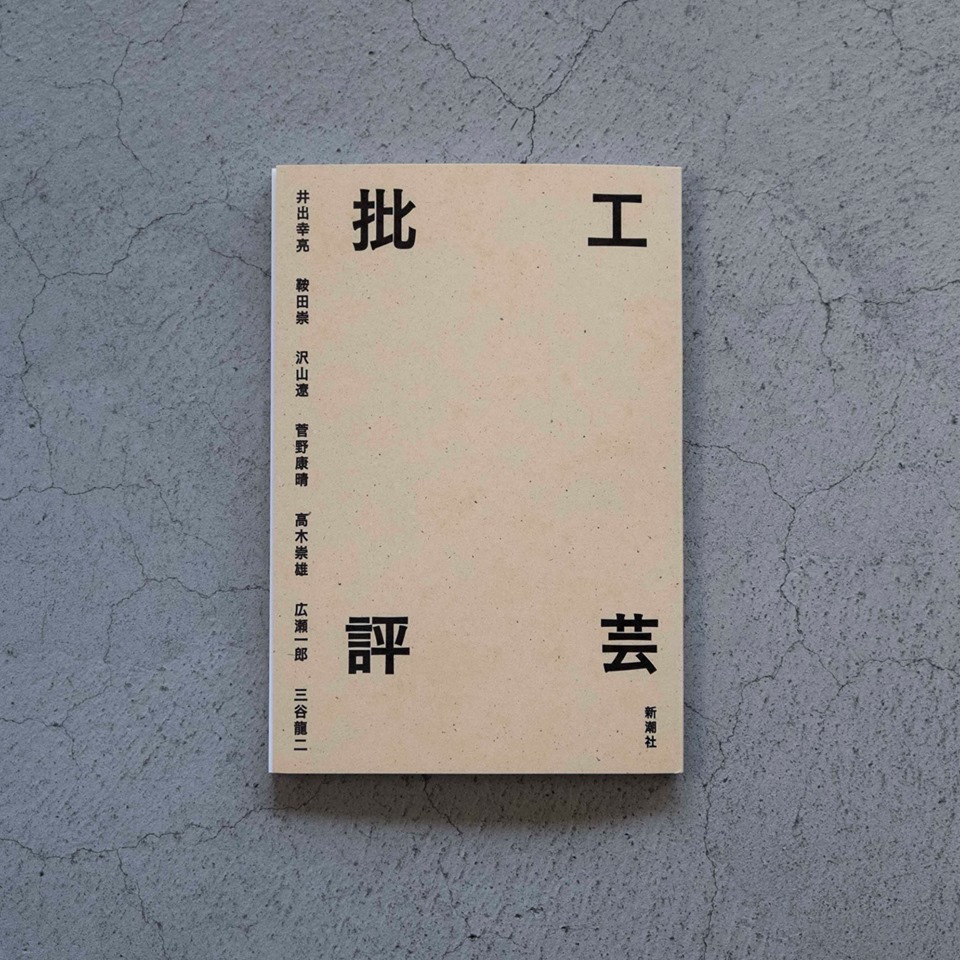
20191007
あさって10月9日から、松屋銀座デザインギャラリーで「工芸批評」展がはじまります(三谷龍二監修。井出幸亮、鞍田崇、菅野康晴、高木崇雄、広瀬一郎出展)。初日の9日17時からはトークもあります(予約不要。無料)。http://designcommittee.jp/2019/09/20191009.html
─
同展にさいして、青花の会で本をつくりました(写真)。以下、目次です。
─
はじめに 三谷龍二
1|批評
・工芸は存在しない、 高木崇雄
・近代工芸の終焉 広瀬一郎
・雑貨化とシュンカンシ 井出幸亮
・物のうるおい 鞍田崇
・無頭人の連鎖 沢山遼
・古道具坂田と生活工芸派 菅野康晴
2|工芸
3|書評
─
〈本書『工芸批評』は、同名の小さな展覧会をきっかけに、その図録的なものとして作られました〉〈展覧会名を「工芸批評」としたのは、「デザイン批評」や「広告批評」があるのに、どうして「工芸批評」がないのだろう、という思いからでした〉〈ただ「見よ」というばかりでは、せっかく興味を持った人がいたとしても、その壁をどのように越えればいいのか。工芸の世界もそろそろ語りにくいことを語る、そのような努力が必要になっているのではないでしょうか。もしもその言葉によって、誰かが工芸という新たな扉を開くことができたら、それは素晴らしいことではないでしょうか〉(三谷龍二「はじめに」より)
─
ウェブサイトで販売はじめました。
https://shop.kogei-seika.jp/products/detail.php?product_id=293
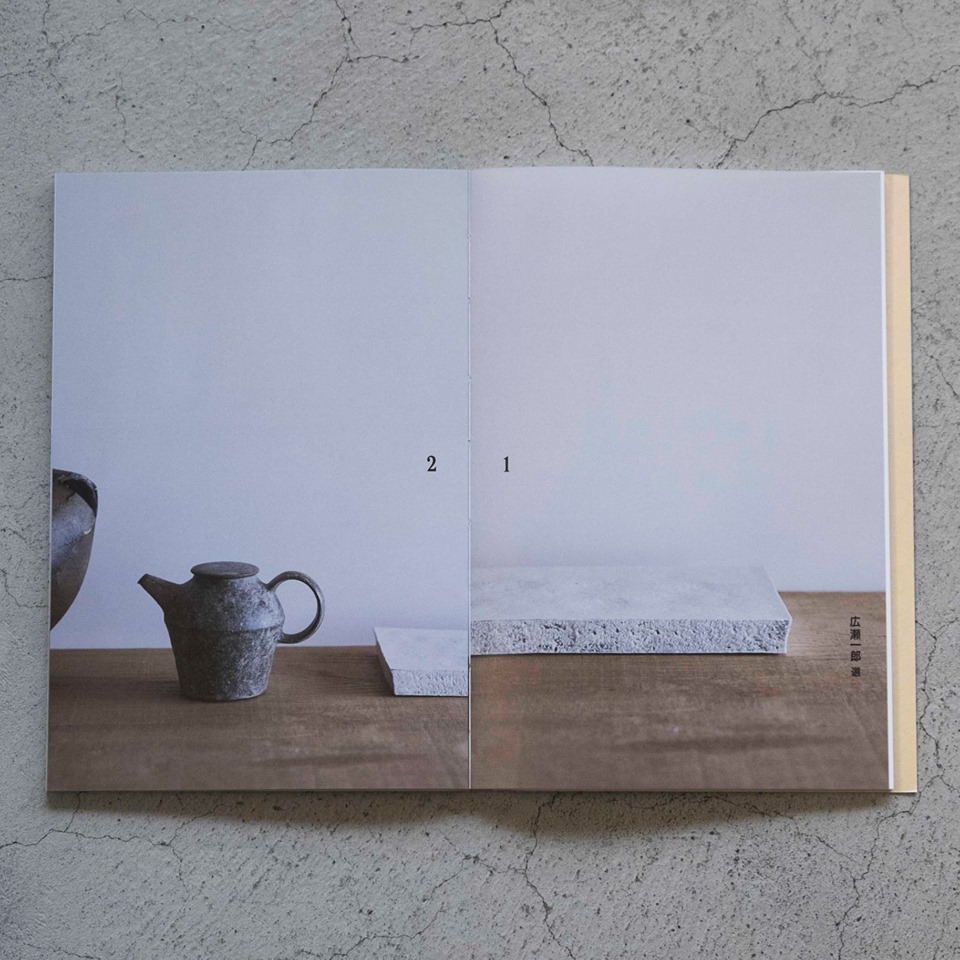
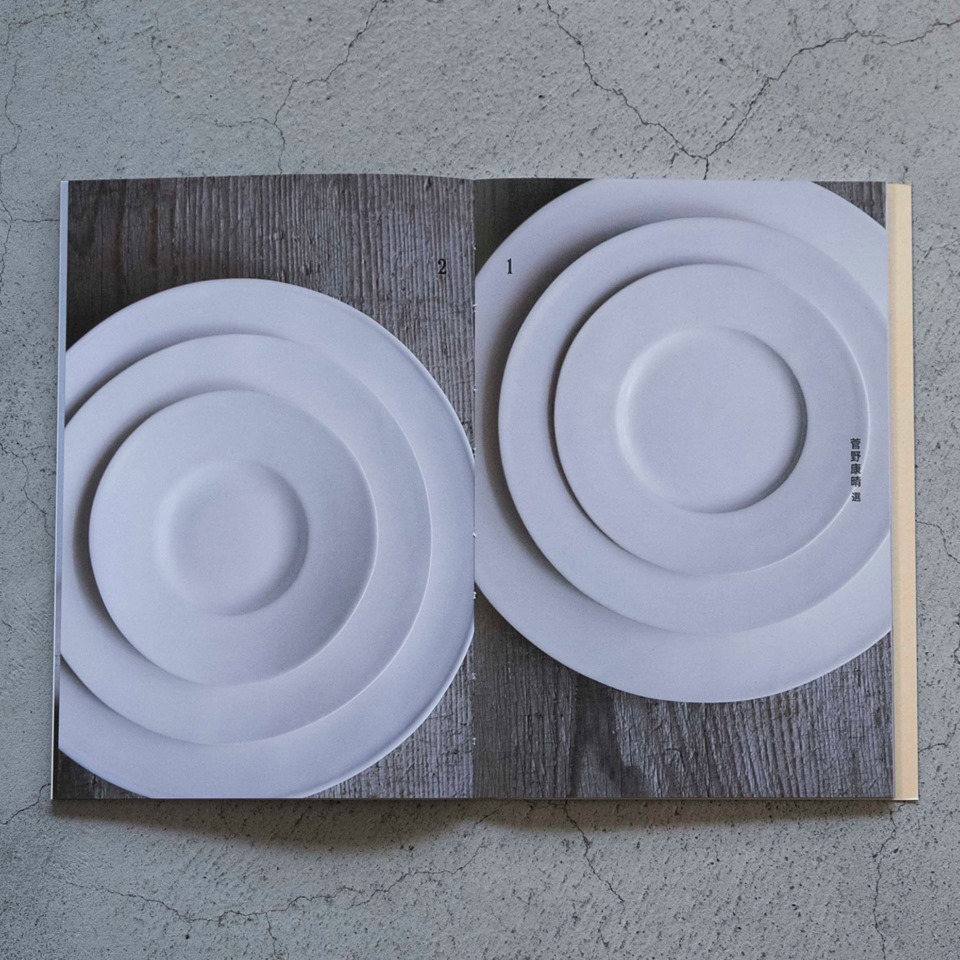
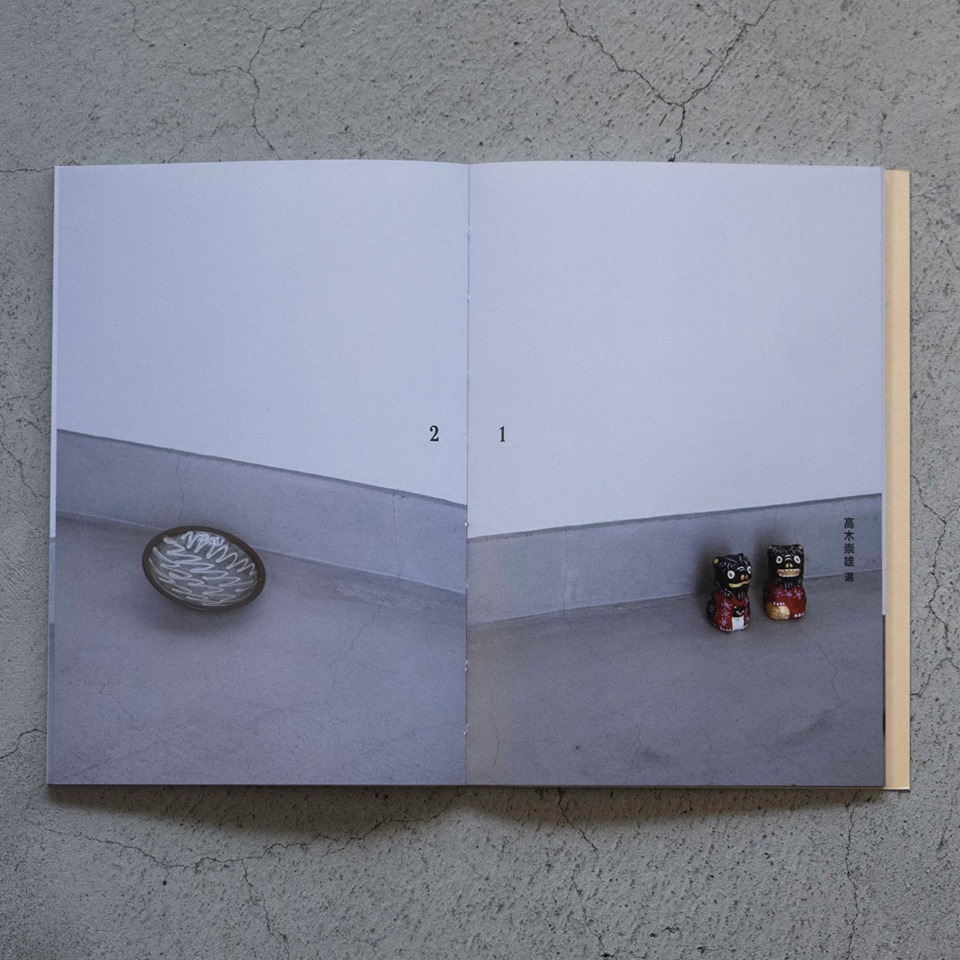

20191006
日野明子さん監修による「産地とはなにか2:つづける」展、今日6日が最終日です(13−19時。神楽坂一水寮)。日野さんもほぼ終日在廊予定です。手工芸にとって(本もそうですが)基本的にはむつかしい時代に、「つづける」ことを目的化せず、「つづける」ことでなにを社会に寄与することになるのか、あらたに考える機会でした。https://www.kogei-seika.jp/gallery/20190901.html
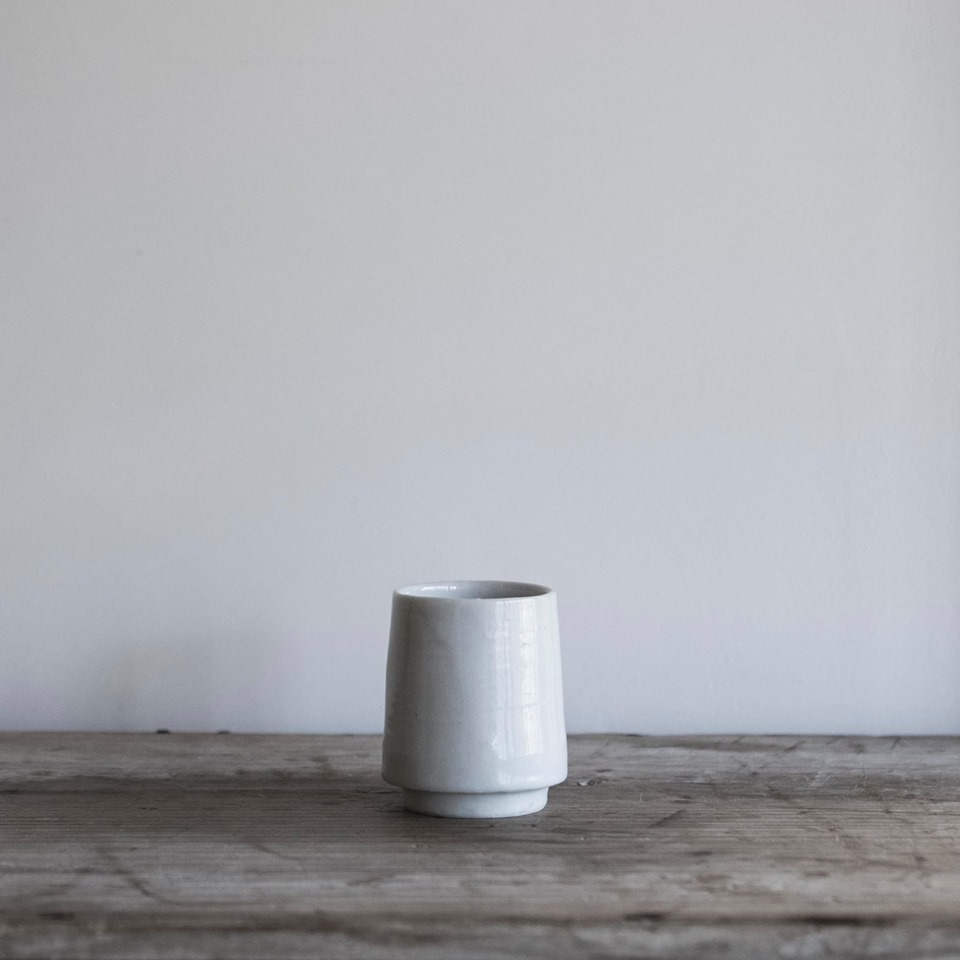
20191005
Kogei Seika vol.12─
5. Loneliness in Antique
─
Every year, we host the Antique Festival to which antique dealers come together from all over Japan. During the festival, we give out pamphlets. This year’s issue contains an article in which every participating dealer introduces one of his or her favourite book on antique. Many mention a 1999 book, titled Antique Dealers in Japan: Thirty-Five Connoisseurs by Keisuke Aoyagi, a critique and scholar of Japanese literature, born in 1950. The book is my favourite, too.
─
His career as an antique lover comfortably exceeds fifty years. He has associated with many whose names are engraved in the history of Japanese antique, including his grandfather Nobuo Aoyagi (a film director), Takeo Hoshino (a man of refined tastes), Hideo Hata (an antiques critic), and Masako Shirasu (an essayist), to name but only a few. His book can be read like the Records of the Grand Historian by Sima Qian of ancient China, only dealing with the modern Japanese antique history.
─
‘In the endgame of my life, I am even worse off than when I was young, and with quailing eyesight, it is natural that my appetite for antique is declining.’ This is the first sentence of Aoyagi’s essay for this issue. I wanted to know his current views on antique, with his desire for antique weakening.
─
The logo for the Antique Festival is created by Mariko Igarashi (the antique dealer in Soyusha) in her hand writing. I have always been attracted to her calligraphy, her flower arrangements, and antique objects in her shop, each so unique. The objects photographed here are selected by her, according to a theme I requested: ‘Loneliness’. Perhaps, it could have been ‘Quietness’. (S)
─
■Published in 2019 by Shinchosha, Tokyo
■A4 in size, linen cloth coverd book with endpaper made of Japanese paper (kozo)
■176 Colour Plates, Frontispiece with a stencil dyed art work by Michiaki Mochizuki
■Each chapter is accompanied by an English summary
■Limited edition of 1200
■12,000 yen (excluding tax)
https://www.kogei-seika.jp/book/kogei-seika012.html
─
■To purchase please click
https://shop.kogei-seika.jp/products/detail.php?product_id=289
─
■If there are any bookstores and galleries abroad, interested in selling Kogei Seika, please contact info@kogei-seika.jp. You will be most welcome!
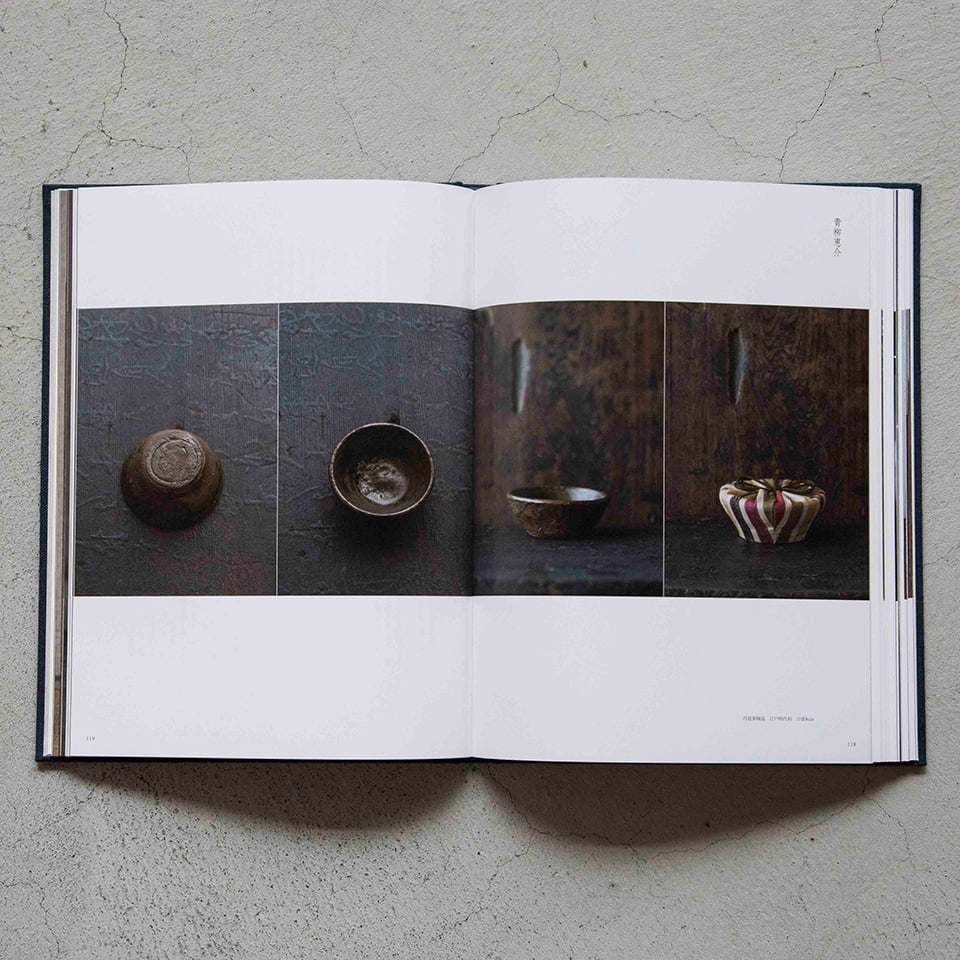
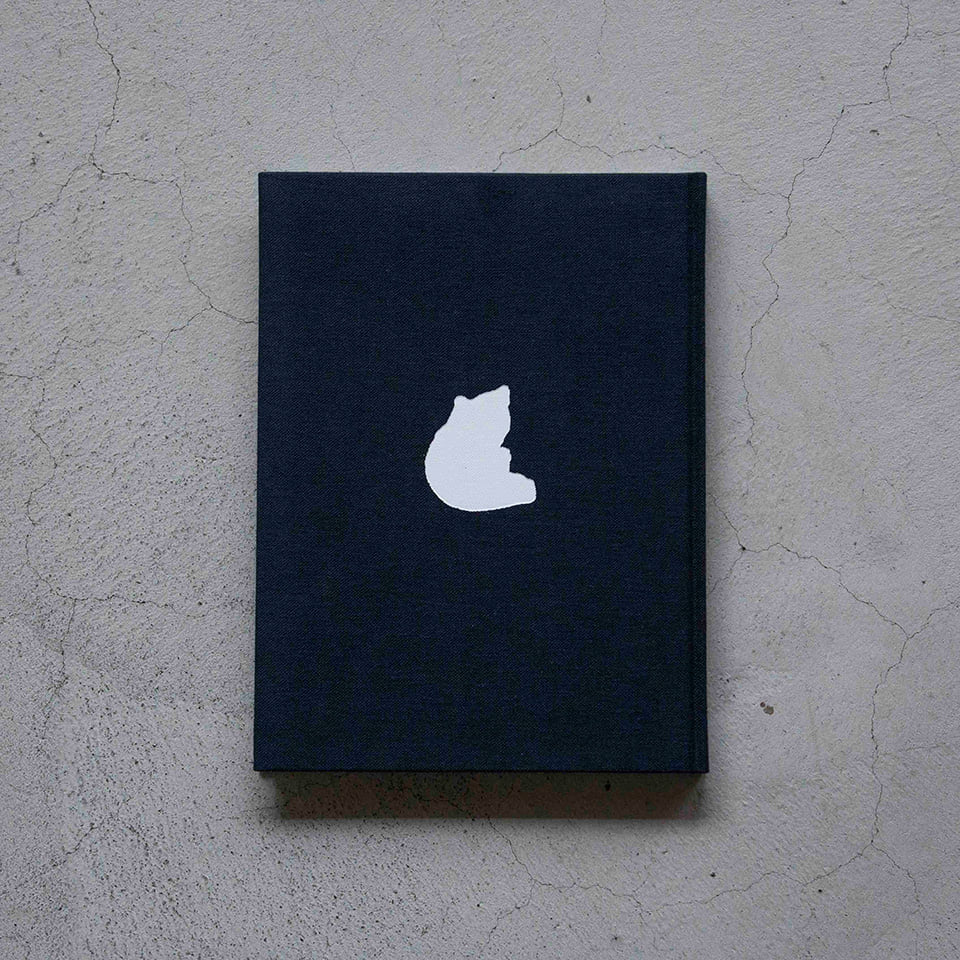
20191005
Kogei Seika vol.12─
4. Toshiro Kawase at Irakado
─
In this issue, Ikebana artist Toshiro Kawase (born in 1948) arranged flowers in the antique shop Irakado. The flower vases, the vase rests, and the decking are all from the shop. The accompanying essay is written by Yoshio Aoi(born in 1949), the shop’s owner and a longtime friend of Kawase, who is a year older.
─
I deeply feel that we are lucky to have Aoi in the antique world in Japan. He deals masterpieces and their fragments, as well as miscellaneous wares. He has an acute eye (and a deep pocket) for a vast range of antique ware. He does not set a ‘wall’; everything is fairly judged before him. I consider him to be someone who has embodied many of the best aspects of the Japanese antique.
─
In his dialogue with Aoi recorded in Kogei Seika (Issue 3, 2015), Sakata Kazumi (the owner of the Antique Sakata, born in 1945) remarks: ‘The things I deal in are often those chipped and tattered, in no way comparable to masterpieces in Irakado. But I still see some kind of similarity in what each of us deals with.’ Aoi nods to that.
─
In the same dialogue, Aoi confesses, ‘I love the art from the Heian period. Perhaps, my standard for Japanese Art is that of the Heian period. […] While ago, I realized that the beauty of the Heian art lies not in its historical background, but in somewhere deeper, perhaps, in Mono-no-aware (feeling sadness or pathos of things) as Norinaga Motoori (the famous scholar of Japanese classical literature, 1730-1801) has defined as the key aesthetics of Japanese classical culture. Mono-no-aware, to Norinaga, is something like ‘to know the heart of a flower.’ […] The art of Heian is not fragile; it actually has an sturdiness in form, which brings about the line so delicate and bold.’
─
When I was re-reading this passage for this issue, I realized that this was exactly the words that described Ikebana by Kawase. (S)
─
■Published in 2019 by Shinchosha, Tokyo
■A4 in size, linen cloth coverd book with endpaper made of Japanese paper (kozo)
■176 Colour Plates, Frontispiece with a stencil dyed art work by Michiaki Mochizuki
■Each chapter is accompanied by an English summary
■Limited edition of 1200
■12,000 yen (excluding tax)
https://www.kogei-seika.jp/book/kogei-seika012.html
─
■To purchase please click
https://shop.kogei-seika.jp/products/detail.php?product_id=289
─
■If there are any bookstores and galleries abroad, interested in selling Kogei Seika, please contact info@kogei-seika.jp. You will be most welcome!
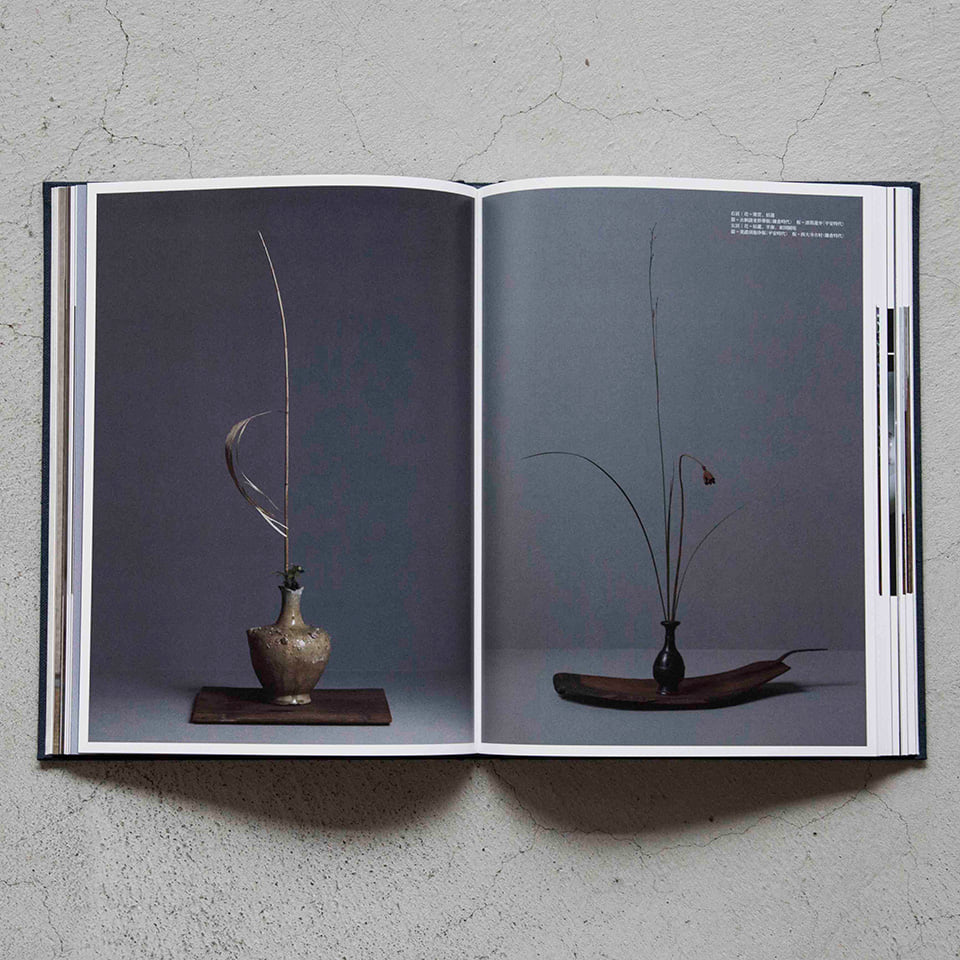

20191005
Kogei Seika vol.12─
3. Takashi Murakami and the Antique Sakata
─
Takashi Murakami, the contemporary artist, born in 1962, is also a critique and a curator. The most famous curated by Murakami is the ‘Superflat’ exhibition held in Japan and U.S. from 2000 to 2002, which defined a new concept in the history of Modern Japanese Art after World War II and was highly appreciated globally.
─
The ‘Bubblewrap’ exhibition was held in Contemporary Art Museum Kumamoto from 15th of December 2018 to 3rd of March 2019. It was also curated by Murakami and based on his own collection, to propose a new follow-up concept in art history to ‘Superflat’. The word ‘bubble wrap’ is originally the sheet of plastic used for packaging containing numerous small air cushions, but the long subtitle to the main exhibition title does much explanation:
─
‘After Mono-ha, the next established art movement is Superflat, but that means the interim period overlapping the years of Japan’s economic bubble has yet to be named, and I think calling it “Bubblewrap” suits it well. It especially makes sense if you incorporate the realm of ceramics. This show will contemplate this period through works including those from Takashi Murakami’s collection.’
─
There were more than seventy artists involved in the exhibition, including Ryo Aoki, Nobuyoshi Araki, Shinro Ohtake, Otani Workshop, Kenjiro Okazaki, Kishin Shinoyama, Kishio Suga, Hajime Sorayama, Kodai Nakahara, Yoshitomo Nara, Katsuhiko Hibino, Shin Murata, Harumi Yamaguchi, and Lee Ufan.
─
On a panel in the exhibition, he explained the current of the art movement after Mono-ha as ‘Seibu Saison Group→Superflat→New Standard Crafts→The beauty of honorable poverty in the Antique Sakata.’ In the very last part of the exhibition, Murakami placed the exact replica (exterior and interior) of an antique shop itself —the Antique Sakata (established in 1973 and run by Kazumi Sakata) in Mejiro, Tokyo— and declares Sakata as ‘the answer’ for the exhibition. This article is on that ‘answer’, based on three interviews with Murakami. (S)
─
■Published in 2019 by Shinchosha, Tokyo
■A4 in size, linen cloth coverd book with endpaper made of Japanese paper (kozo)
■176 Colour Plates, Frontispiece with a stencil dyed art work by Michiaki Mochizuki
■Each chapter is accompanied by an English summary
■Limited edition of 1200
■12,000 yen (excluding tax)
https://www.kogei-seika.jp/book/kogei-seika012.html
─
■To purchase please click
https://shop.kogei-seika.jp/products/detail.php?product_id=289
─
■If there are any bookstores and galleries abroad, interested in selling Kogei Seika, please contact info@kogei-seika.jp. You will be most welcome!
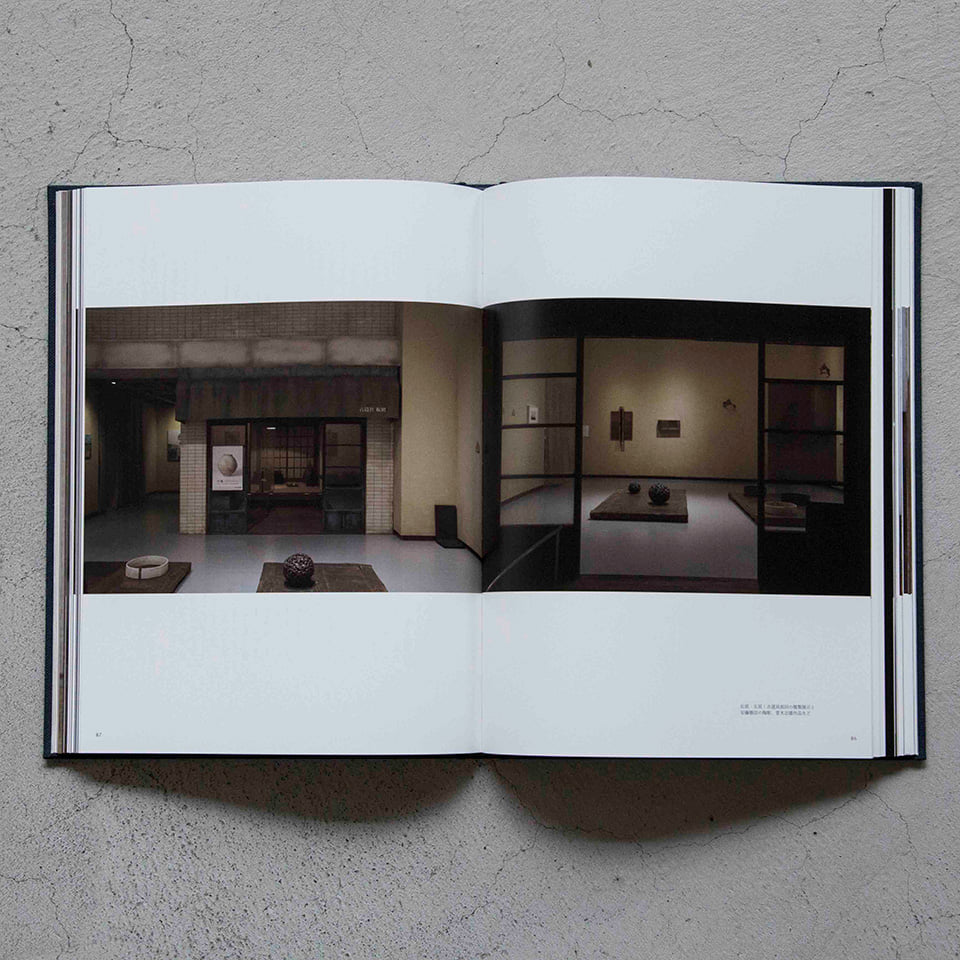

20191005
Kogei Seika vol.12─
2. New Standard Crafts Artists in 2018
─
This group of articles consist of two parts. The first part is on the exhibition ‘The Crafts for Everyday life in Japan’ in Taipei in November 2018. It was organized by Ryuji Mitani, the woodwork artist, and Xiaoman Hsieh, the expert in Taiwan-style tea ceremony. Thirteen artists participated, including Mitani, who also chose the other participating artists. The exhibition may be understood as something of an embodiment of ideas in Mitani’s book Living Crafts Beside Life published in 2018. Since the book’s theme is ‘What is New Standard Crafts?’, one can see the exhibition in Taipei as that of New Standard Crafts. The first part carries an essay by Mitani and my report on the exhibition. It also features two interviews: one with Ray Chen, the architect who designed the venue, and the other with another architect, Yoshifumi Nakamura, who went to the exhibition and personally knows these artists.
─
In my opinion, main artists of New Standard Crafts are the following five: Akito Akagi (the lacquerware artist, born in 1962), Masanobu Ando (the ceramic artist, born in 1957), Koichi Uchida (the ceramic artist, born in 1969), Kazumi Tsuji (the mouth-blown glass artist, born in 1964), and Ryuji Mitani (the woodwork artist, born in 1952). In the second part of the article I explain why I think these five are the main artists of New Standard Crafts. There are other artists in a similar vein. What is important is to extract the essence or concept of New Standard Crafts (stylistically their work is all white and plain, and stateless), for the 2000s in Japan was the age of New Standard Crafts.
─
2018 was a notable year when three out of above five New Standard Crafts artists published their books. Akagi’s Mingei in the Twenty-First Century was followed by Mitani’s Living Crafts Beside Life, and Ando’s Making Things One Way Or Another. All will be their literary magna opera. (2018 then seems to mark the year when the first historicising phase of New Standard Crafts concluded.) The second part is devoted to their reviews by authors in whom I place my confidence: an editor of culture magazine, an art critic, and a historian of crafts in Japan. All of them are from a younger generation and are not artists of crafts. (S)
─
■Published in 2019 by Shinchosha, Tokyo
■A4 in size, linen cloth coverd book with endpaper made of Japanese paper (kozo)
■176 Colour Plates, Frontispiece with a stencil dyed art work by Michiaki Mochizuki
■Each chapter is accompanied by an English summary
■Limited edition of 1200
■12,000 yen (excluding tax)
https://www.kogei-seika.jp/book/kogei-seika012.html
─
■To purchase please click
https://shop.kogei-seika.jp/products/detail.php?product_id=289
─
■If there are any bookstores and galleries abroad, interested in selling Kogei Seika, please contact info@kogei-seika.jp. You will be most welcome!
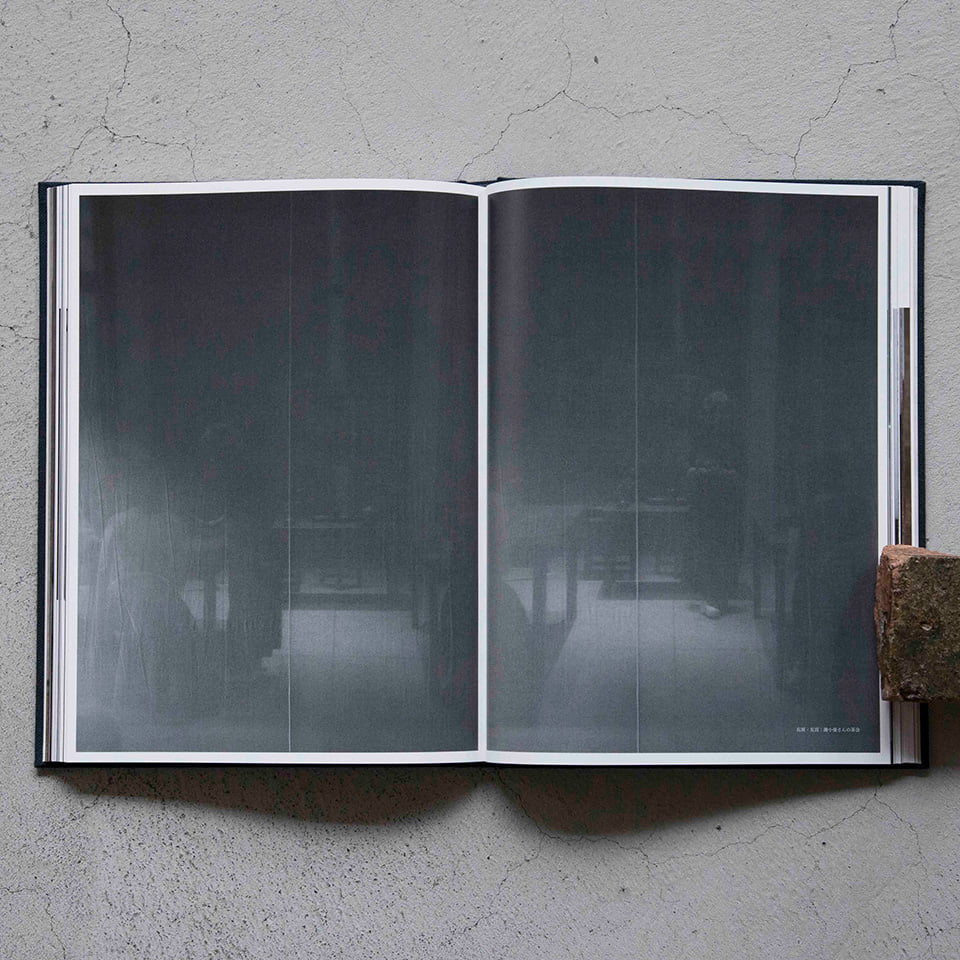

20191005
Kogei Seika vol.12─
1. The Three Artists and Ainu
─
In Sapporo, there is a gallery called Sabita (Sabita is another name for Panicle hydrangea which bears white flowers in summer). A conversation with Mayumi Yoshida, the shop owner of Sabita inspired this collection of articles and photos introducing the work of the three artists.
─
The common theme among them is the Ainu (meaning a ‘man’ in their language). They are an indigenous people of Japan in Hokkaido, northern extremity of Honshu, Sakhalin, Kuril islands, and Kamchatka Peninsula, most of whom now live in Hokkaido (there were 17000 in Hokkaido according to a 2013 survey).
─
The first article is on Yoshiko Yamagishi, the embroidery artist, living in Sapporo. She takes her motifs from the traditional Ainu patterns. She used to own a craft shop called ‘Kronos’. Her late husband was the woodwork craftsman, Norifumi Yamagishi (1926─89) and was well-known for the wares based on the Ainu crafts and Nipopos (wooden dolls made as souvenirs). The article introduces the couple and their works.
─
The second article is on Shouya Grigg, the photographer, living in Niseko, Hokkaido. He came from Britain to Japan in 1994 and started a media design company in Sapporo. He now runs a hotel ‘Zaborin’ and a restaurant ‘Somoza’ at Niseko. The contrast of highly sophisticated architectural space in spectacular landscape is so dramatic making his business successful. The article introduces his photographs of his own collection of Ainu crafts.
─
The third article is on Yayoi Kuraya, who lives in Sapporo and has been the owner of antique shop 11gatsu (meaning ‘November’ in Japanese) since 2003. In her shop, there are things such as a tinplate shutter, a bunch of old paper, and a drawer full of old nails. By the description, it may not sound special, but the place has distinct atmosphere and is far from the ordinary. Many crafts of Ainu have their modern origins as souvenirs (the most well-known examples being wooden sculptures of a bear with a salmon), which makes it quite difficult for one to grasp the essence of Ainu. In this article, I have rather decided to introduce Kuraya’s uniqueness. (S)
─
■Published in 2019 by Shinchosha, Tokyo
■A4 in size, linen cloth coverd book with endpaper made of Japanese paper (kozo)
■176 Colour Plates, Frontispiece with a stencil dyed art work by Michiaki Mochizuki
■Each chapter is accompanied by an English summary
■Limited edition of 1200
■12,000 yen (excluding tax)
https://www.kogei-seika.jp/book/kogei-seika012.html
─
■To purchase please click
https://shop.kogei-seika.jp/products/detail.php?product_id=289
─
■If there are any bookstores and galleries abroad, interested in selling Kogei Seika, please contact info@kogei-seika.jp. You will be most welcome!
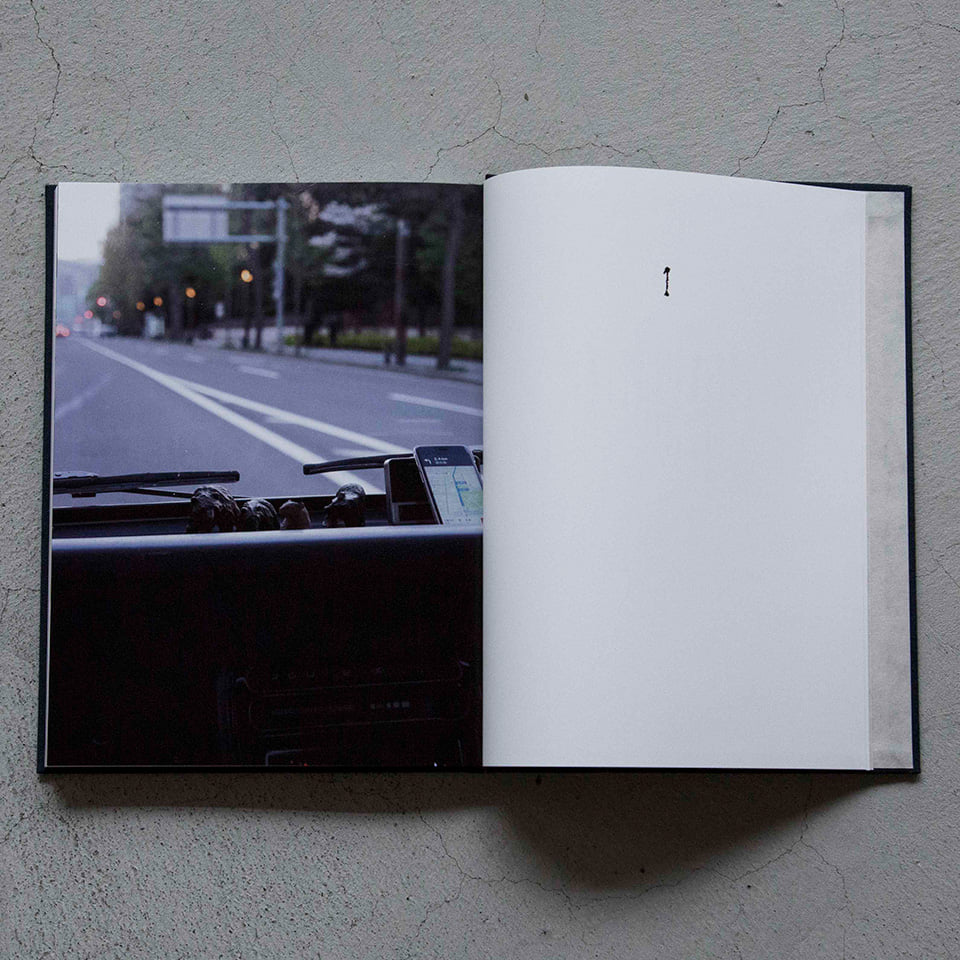

20191004
Kogei Seika vol.12─
The Frontispiece 2
─
Michiaki Mochizuki ‘ Thousand Years of Milking’ 2019, Katazome (Japanese stencil print)
─
The characteristics of stencil dyeing with white ground is well-represented in Bingata, the bright coloured fabric from Okinawa. When the ground is white,you can go wild in colouring, you can get the colour exactly as the pattern because the rice paste in the resist-dyeing process protects the area outside the stencil. The shape of the colour is the colour of the shape. To see the dizzying rapidity of variation in shape and colour is such a fun.
─
On the other hand, the white shape of ground-dyed fabric harmonizes with the ground but would never dissolve in. By the paste, it is left void in the shape of stencil. It is like the white clouds floating in the blue of the sky, or like the ever-changing clouds that stimulates one’s imagination. The artist can refuse any explanation to the details such as the finger gesture or depth of dimples of a shepherd. He can leave the viewer to imagine every expression. It is a genuine delight of the art and is all by the power of stencil. To make a stencil with paper, you do not say ‘to cut’ but ‘to carve’. Thus, comes the Japanese saying ‘Katabori (pattern carving)’. Does a carver dwells in the heart of a dyer? I think that is crucial. (Michiaki Mochizuki / Artist)
─
■Published in 2019 by Shinchosha, Tokyo
■A4 in size, linen cloth coverd book with endpaper made of Japanese paper (kozo)
■176 Colour Plates, Frontispiece with a stencil dyed art work by Michiaki Mochizuki
■Each chapter is accompanied by an English summary
■Limited edition of 1200
■12,000 yen (excluding tax)
https://www.kogei-seika.jp/book/kogei-seika012.html
─
■To purchase please click
https://shop.kogei-seika.jp/products/detail.php?product_id=289
─
■If there are any bookstores and galleries abroad, interested in selling Kogei Seika, please contact info@kogei-seika.jp. You will be most welcome!
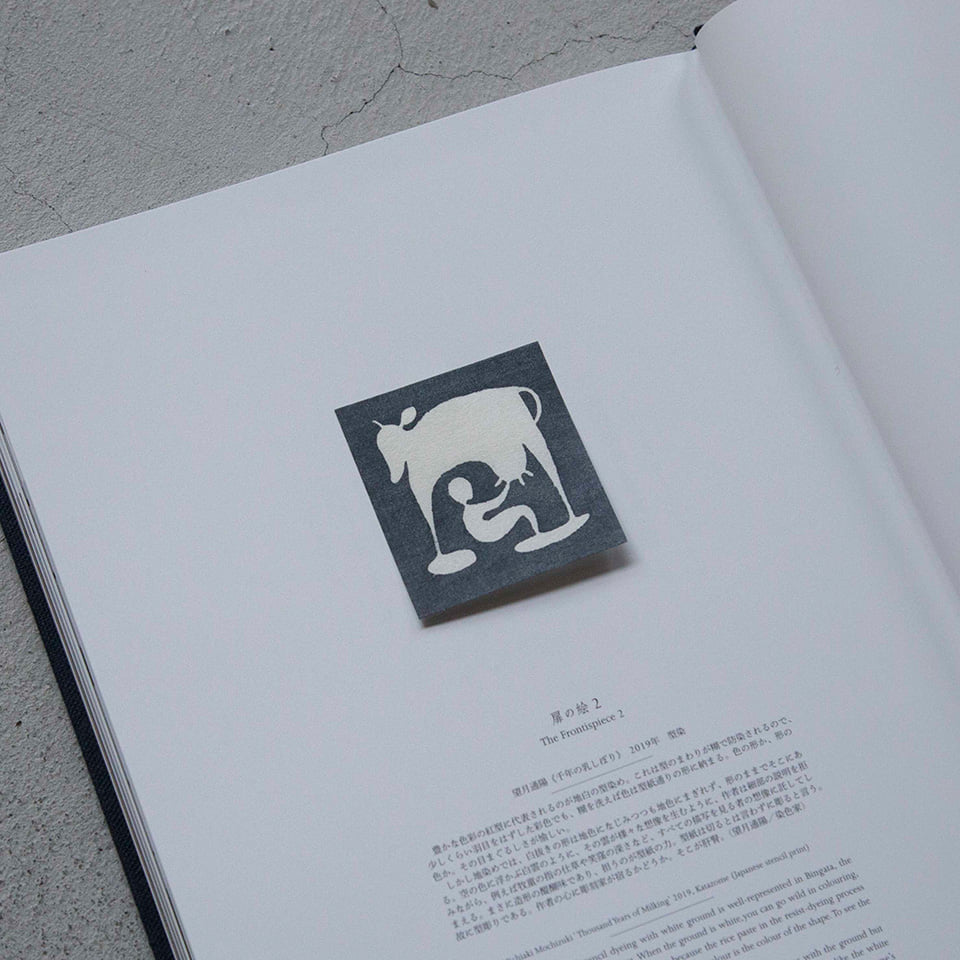

20191002
日野明子さん監修による「産地とはなにか2:つづける」展、開催中です(10月6日まで。神楽坂一水寮。13−19時)。産地的工芸は風土、素材、技術、歴史がおりなすもの。素材は手ざわり、肌ざわりとして感知できます。手にとって御覧ください。https://www.kogei-seika.jp/gallery/20190901.html
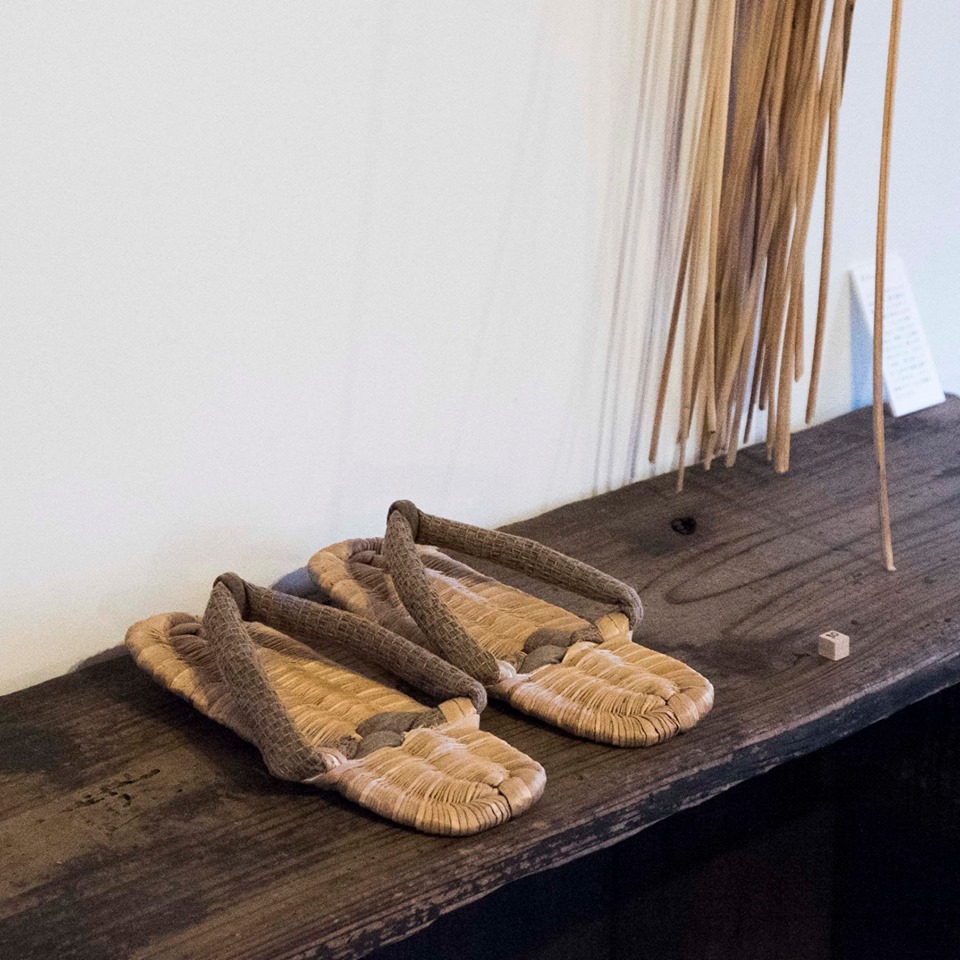
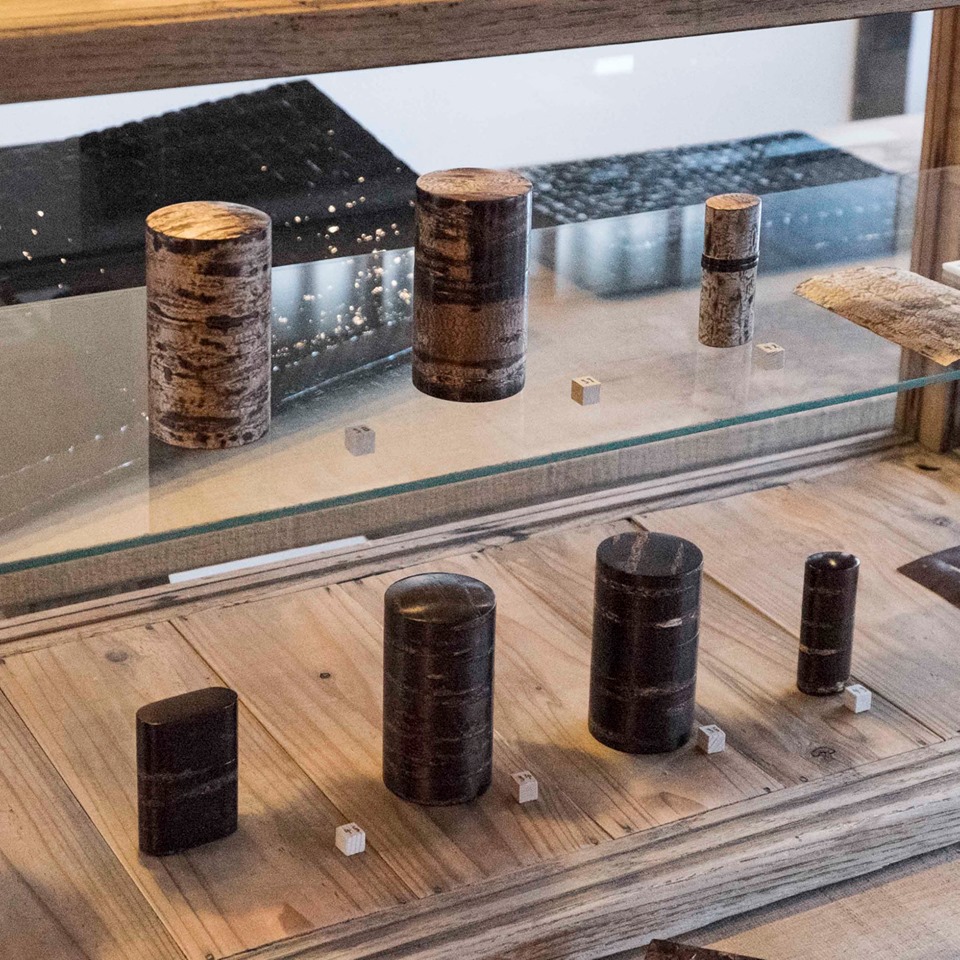
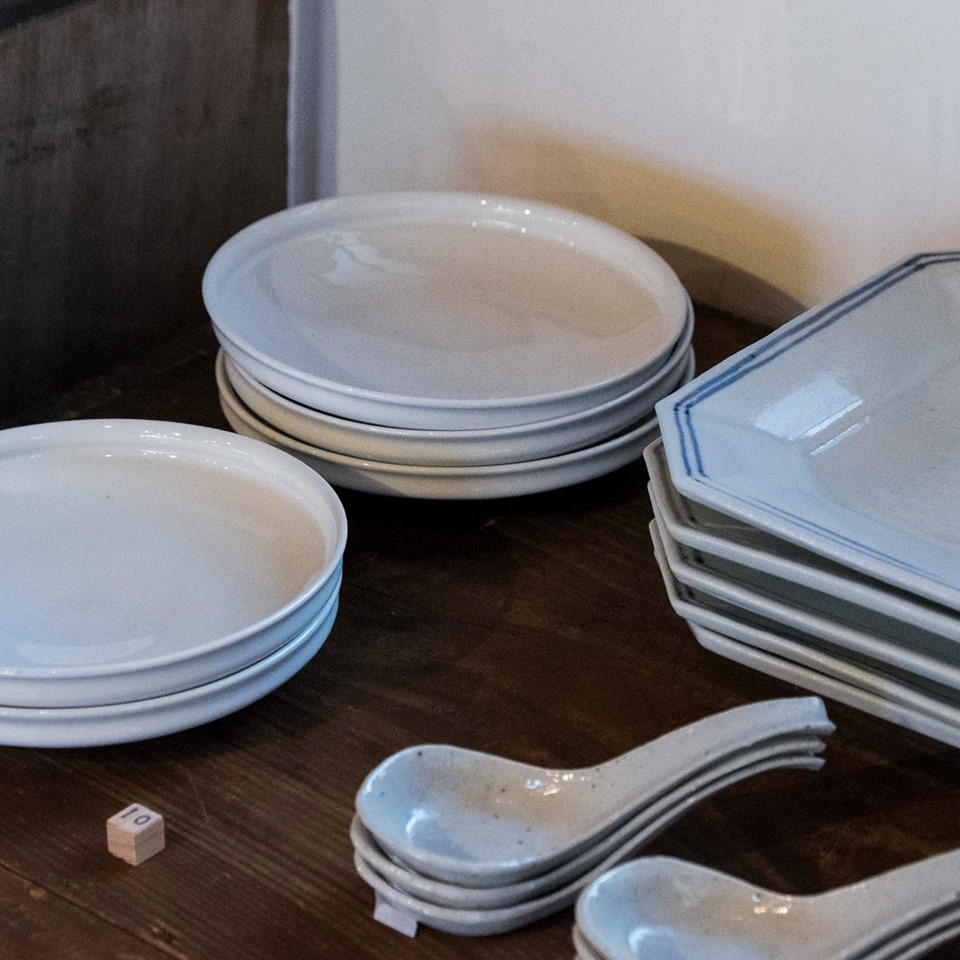
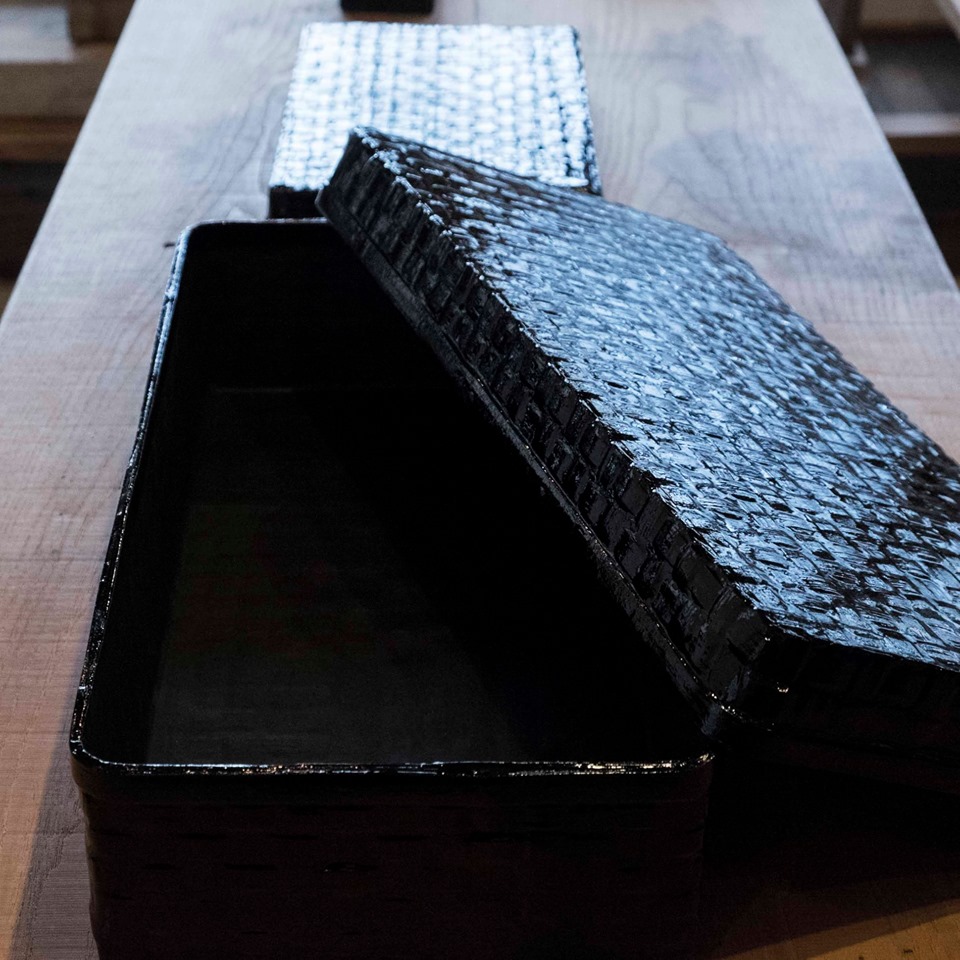
20191001
お知らせが遅くなってしまいました。高木崇雄さんのブログ「工芸入門」更新しています。https://www.kogei-seika.jp/blog/takaki/032.html
─
高木さんの義理の祖父は漢方医でした。〈あいまいな物言いを嫌い、漢方薬に副作用がないなんて嘘、西洋薬が即効性で漢方薬が遅効性なんていうのも大間違い、などと通説を蹴飛ばしつつ、同時に客観的な病状の基準と治療の目標を定めることで、検証可能な《サイエンス》として漢方医療を位置づけることを生涯試みた〉
─
その診断の実体験から、集中的(部分的)でない包括的(総体的)な理解/把握の話にうつり、〈スマートフォンやタブレットといった情報端末が、そのすっきりとした佇まいとともに、多くの人々に広がり、新たな力を与えてくれている一方で、とっかかりがないそのデザインは、視覚に障碍を持つ人にとっては困難を増幅させる装置ともなっている〉など、現代(近代)社会の宿痾ともいえる眼という器官への過剰依存を指摘します。
─
今日は京都で撮影でした。花人の川瀬敏郎さんは手もともよくみえないような暗がりでも平然と花をいけています。高木さんのいう〈目だけに頼らない工芸の可能性〉、眼ではなく、手でいけているのだと思います。
